A Personal Note from Orion
It’s always easiest to learn from people who practice what they preach, and Sarah Michael is a perfect example of that. In this episode of Stellar Life, she’s charming, funny, and authentic as she explores the value of authenticity, being wholly yourself, and carrying this through your business.
All you entrepreneurs out there will really enjoy today’s episode. I know many of us struggle with getting our message across without sounding too “salesy”, but we truly feel and know that what we are offering to the world, whether a product, a service, or even an experience, can create incredible impact. Because that’s what we all want, right? To do what we love, help people, and feel good about it.
Are you ready to show the true you?

In this Episode
- [04:08] – Sarah gives us an introduction to who she is. We hear about her experience in marketing and branding, and her specialty — what she calls “the intangible of the intangibles.”
- [06:18] – Most of Sarah’s work is with women, because she focuses on how feminine survival instincts show up in business. She describes how ingrained neural pathways shape women’s desires.
- [08:41] – “Masculine and feminine” are different from “male and female” or “men and women,” and Sarah talks about why. She then explains that the masculine urge is to protect and provide, as opposed to the feminine desire to connect.
- [10:26] – Sarah digs further into the differences between what constitutes safety for the masculine and feminine.
- [11:11] – We learn more about Project: YOU, which Sarah started after noticing that people didn’t see all of her or her work until there was already a connection. It emerged from a self-imposed authenticity challenge.
- [14:34] – Sarah talks about posting videos herself, this time emphasizing the importance of discernment.
- [17:35] – Orion and Sarah talk about the possibility of oversharing, with Sarah advising that you be careful of your details and make sure your posts and videos make sense to others. The specific advice she gives is “Don’t tell the story until you’ve stopped bleeding.”
- [19:38] – Does Sarah generally have an outline for her video, or does she just talk from the heart? It’s a combination, she reveals. She emphasizes authenticity, which means not scripting or memorizing things.
- [23:50] – Is it better to talk faster or slower in your videos? Sarah emphasizes that it’s better to speak more slowly, and gives an explanation of the science behind the reason this is important. She and Orion then debate whether to speak more or less quickly when presenting your offer.
- [28:11] – Sarah explains what she thinks are the biggest challenges that her community’s members in general face. First is the inner problem of not letting oneself “be enough,” second is the challenge of describing what they do in a way that others immediately understand, and third is having taken lots of training and courses, and having lots of marketing materials that don’t necessarily work together.
- [30:38] – How do you get over self doubts? Sarah speaks specifically to the feminine in her answer. Her answer involves creating a safe space, and she elaborates on what this safe space may be.
- [34:00] – Sarah talks about the possibility of declaring yourself safe. Orion responds, exploring how important it is to women to feel safe. This leads to more discussion of the differences between men and women.
- [37:47] – What are Sarah’s tips on refining your message? Her biggest tip is to use what she describes as “vivid words.” These are words that paint a picture in the other person’s head as close as possible to what you mean. She gives some specific examples of abstract versus concrete words.
- [40:20] – Orion asks if Sarah means simplifying things in a way that a five-year-old would understand. Sarah clarifies, and she and Orion discuss the words Orion uses for what she does.
- [42:16] – We hear Sarah’s explanation of how people can refine their message. She says you need to identify what your clients believe their needs are, and then address those in all of your messages.
- [44:45] – How does Sarah build and nourish her community? She talks about the importance of receiving, as well as giving.
- [45:32] – The craziest thing Sarah has ever done is having gotten her belly button pierced at 24, with no forethought or planning. It was completely unlike her to jump into something like that without knowing what she was getting into. In response, Orion shares her own belly button piercing story.
- [48:26] – When asked about the best thing that’s ever happened to her, Sarah has a hard time coming up with just one! She settles on going to Loral Langemeier’s 3 Days to Cash workshop, which she describes as a safe space.
- [51:10] – Sarah gives us her three top tips for living a stellar life: 1. Know what you want your stellar life to look like. 2. Develop, cultivate, and nurture relationships that will get you there. 3. Be yourself! Be as much of yourself as possible, in all situations.
About Today’s Show
Hi and welcome to Stellar Life. I’m your host Orion. I have a question for you, do you struggle to be authentic in your videos, or in your branding, or in your marketing? If so, I believe we all have more work to do around authenticity and really almost exposing who we are in our true selves. Talking to my guest today, we both came to the conclusion that when you are authentic, when you are showing yourself with all your flaws and the real you, then people have more points of connection with you. People don’t always want to see you perfect and done, sometimes they want to connect to, most of the times they actually want to connect to the real you. My guest today is Sarah Michael. She works with spiritual entrepreneurs ready to do the inner and outer work, who want to get comfortable being themselves in their marketing so they have a bigger impact helping more people from messaging, marketing, pricing strategies, lead generation, and value based offers. Sarah guides clients to create a business that does good and feels good. That’s what we all want, to do what we love, help people, and feel good about it. We’re going to talk all about it in the show today. I would love to invite you guys to check out the website, www.stellarlifepodcast.com. Check out the show notes with all the resources. You can download the transcriptions and a checklist, and all the resources are there for you. Ladies, you can join me on my Facebook group, www.facebook.com/groups/stellarlife. I would love to connect with you, talk to you and share with you my insights and share your insights, learn more about you. Now onto the show. Hello Sarah and welcome to Stellar Life. How are you doing today?
I’m well. Thank you for having me, Orion.
Yeah. I’m so happy to have you. We are sharing the same mastermind and I just find you spectacular. We had a few conversations and I just think that overall you’re just a wonderful person, you’re very giving, very loving, and very smart when it comes to business and when it comes to teaching people how to show up as their authentic selves.
Thank you. I’m thrilled to be here, and with your community, and you. We’ve bonded and connected over your work with the feminine and really embodying our feminine essence. That is kind of a backbone of my work too. I have clients more towards business and I love what you’re up to too, I love how big your vision is and your reach. Beautiful, thank you for having me.
Yeah. Thanks for being here again. Let’s start by you sharing a little bit about who you are and just a little bit about yourself.
Sure. I’m Sarah Michael and the founder of Sparkling Results and the creator of Project:You. I have many, many, many years in marketing and branding communication, all of that. Getting your work out there into the world, focus. One of my true gifts is the intangible of the intangibles as I call it. Intangible services are any legal, financial services, even computing services are intangible. The thing you get in the coaching, healing, the helper people as I call it, that gets you the intangible of the intangible, it’s really hard to describe. It’s really where my gift comes when people’s work isn’t easily described. Describing it and doing business, I had spent about eight years in the financial industries, specifically bankrupt season, turnarounds, and distressed companies. I call it my mini MBA because I learned so much about how businesses succeed and fail. That’s kind of a little about me. My business is all about helping you peel back the layers to who you think you should be. I do focus on the inner and the outer work of marketing yourself. The fears, the doubts, the concerns that we have about putting ourselves out there at all or specifically in this way or on video as well as how do I do it and what do I say? So much can be followed by how do I do it and what do I say. When you don’t know, you don’t know, it’s one of my favorite sayings. Just a few points in the right direction can be sufficient. It’s why I’m also all about that inner work because that inner work is what’s really getting in our way because the how is usually pretty easy to accomplish.
When you don’t know, you don’t know. Just a few points in the right direction can be sufficient. Click To TweetYeah. It’s the being us that is the hard part. It is self-doubt and the sleepless nights. How do you help women overcome self-doubts? Because you work primarily with women, right?
I do work primarily with women and I do have some men who come my way and they’re awesome. Because you asked how do I work with women, because my work is focused on and comes from a place where I have deep insights and knowledge of how our feminine survival instincts show up in business and in life, but my real passion is how they show up in business. They’re everywhere. Fundamentally, we women and the feminine survival instinct at the poor level is to please and avoid displeasing. We want to do that to stay connected; stay connected to the tribe, stay connected to our hiking to the waterhole partner. We never want to be alone, that was that, that wasn’t going to work on caveman level many years ago, millennia. I wasn’t going to do it. What happens today is because we have so many years of those brain pathways, they’re called neural pathways, all of those are very deep in those survival instincts. Unfortunately, we can’t necessarily distinguish between what’s an actual threat to our life right now and what’s just a threat to our plan for the day, or what we had in mind. We can end up reacting in a way that gets much bigger. Noticing where marketing, networking, speaking, being online, doing video, knowing where all our worries and doubts are pointing on a fundamental level and it’s expressed differently individually. They’re pointing to that fear of disconnect, we’re always afraid we’re going to disconnect. We’re doing everything we can to make sure we don’t disconnect, it’s so much energy. It’s why you may notice about your girlfriends and yourself perhaps that a break up with a man, the expression of that upset, and that loss, and that grief can look a lot if not exactly like a breakup or a fight with a sister, or a mother, or a friend. Because it’s that disconnect that’s really making us freaked out and then there’s the emotion.
Yeah. Do men have a different approach to that?
We do speak in the feminine and the masculine versus men and women because it is a hormonal cocktail. It doesn’t necessarily just run down gender line.
That’s a different entity too.
It is. What I find fascinating is there’s some things like with time and schedules, I trend very masculine. It’s very easy for me to adopt time based structures unlike for some women. Frankly, time and structure has nothing to do with our feminine essence. They can be on the other side of the spectrum where adopting any sort of time or scheduling system is very hard. It’s one of the reasons in my work, I help people, I help women customize those things. They’re just structured enough to keep us from flying off the rails without being so rigid that we just don’t use it because it feels too constraining. With men, their instinct is to protect and provide, that’s their driver. Instead of staying connected, they want to protect and provide. That gives them greater access to pushing through fears. You imagine the hunter would need to push through his fears for the greater good. That gave them, those brain pathways, those neural pathways, that busting through that can be much easier for them than for women.
For the men, the obstacle is when a man feels that he cannot protect and provide. For the women is for her to feel like if she’s going to take a wrong turn in her business, she’s going to be alone and it’s that need for connection.
Yes. Exactly, that she’s going to disconnect. With the men just specifically, yes, the protect and provide. Safety to the feminine is that connection, safety to the masculine is respect and trust that they earn through protecting and providing. It’s connected but it’s about that respect and trust. You could imagine that would help you break through some fear if what you consider safety was respect and trust, and what was the other side of that lion stand with respect and trust.
Right. You started Project: You. Let’s talk a little bit about Project: You.
I would love to, as I often do. The first round, I don’t count it as such, but the first round was my personal round. It was after noticing one, that I was reluctant to make videos without putting on my makeup, even though I’ve done a lot of work around I need to look perfect. Two, also noticing that until you were a client, you didn’t necessarily hear my opinion, you didn’t necessarily see my goofy. You also didn’t necessarily see some of the most profound aspects of my work. Some of the stuff I just shared with you actually about the feminine in that essence. That being meant, you necessarily hear that on the first time you heard me or the second early in your experience with me. I save that until I have more relationship, more connection with you. There’s the connection, but I held it back. I endeavoured my own, as I called it at the time, a self-imposed authenticity challenge. That’s what Project: You came out of. It’s a three week course, and it’s very immersive and very, I don’t want to call it intensive because it actually doesn’t takes a lot of time. Your growth gets catapulted. It is a fast track to getting comfortable being yourself, getting comfortable showing more of yourself to people in business, in marketing, and also in life and love, and family. One of the most profound things about Project: You is you will get comfortable on video for sure. Video as a result, comfort on video is something you get, so it’s a result. Video is also how you get another result out of Project: You, which is you do the little videos that don’t take you a lot of time. Over the 21 days, you get all of the feedback from me and the other participants about how they see you. Because you get so much of that feedback, of how others see you, you actually start to believe it. You actually start to believe it.
That’s brilliant.
Yeah. That creates connection. You learn that you can actually show more of yourself. When you show more of yourself, you actually get more connected. I have a saying, “It’s safer to be seen.” If safety is connection to the feminine, our assumption is if we’re seen for all of ourselves, work and all, the good, the bad, and the ugly, the assumption is we’re going to be less connected. You’re not going to think I have all my stuff together or you’re going to think I’m weak or something. The assumption is that but instead when we show more of ourselves, when we show our sensitive under values, as I often call it, it gives people more connection points, more data points to connect with us all on. None of us have 100% rosy life that is beautiful all the time. It’s nice to know everyone, somebody else isn’t always care bears and rainbows. They’re going through the dumps of life too. It makes us more connected so it’s safer to be seen.

It’s nice to know everyone, somebody else isn’t always care bears and rainbows. They’re going through the dumps of life too. It makes us more connected so it’s safer to be seen.
When do you post a video? Do you post a video when you struggle and when good things happen, what’s the ratio?
Here’s the thing, that’s how we get you the result in Project: You of getting comfortable being yourself. One of the other things I stress in Project: You is discernment. You don’t always have to be going to video. It doesn’t always have to one way. Finding the message, or the meaning, or the best method for your message is that. Here’s the thing in terms of how much you go along the road, how much you stay positive, I think you just stay honest with yourself. Because that’s the thing, if you start to contrive, “I need to say one vulnerable post or video for every free positive post,” that starts to become contrived then that’s like the antithesis, the opposite of what I’m about. If you’re feeling like you want to share something not so often that happened and it’s relevant, you can make it make sense to the other person so I doesn’t feel self-indulgent, that’s the big thing that some of the vulnerability that can do is it can feel self-indulgent, if you don’t give it context. Also, do so in a way where people aren’t worried about you. When it’s relevant, share. I was at a story workshop, how to create your story and reconstructing, it’s very cool last weekend. One of the things I was sharing, I guess it was my inciting incident and literally, you’re diagramming a story. One of the things that caused me to be where I am today, create Project: You, I guess it was May 2015, I made all of $155. The first money I made in my business. I was out of alignment. I was, and that’s a story for another day, I don’t want to divert it. I mentioned that because it’s relevant and I make it make sense. It’s a story about alignment, story about knowing when to say, “You got to stop everything and figure something out. Something’s not working.” When it’s relevant, it’s beautiful. You just don’t want to be tossing it out and around and we want to make it sense to other people.
Right. I’ve seen some posts online of some people and I had to unsubscribe or unfollow because it was all about them all the time, every day. It was just too much for me. Where is the balance? The way I see it, there is some delicate balance where you don’t want to be a Debbie Downer every time you go online. You want to be authentic. For me, when I post, I want to make someone’s day better. If there is a painful story that I think will serve somebody, then yes I will share it. But some people, they will just go on and on and on about themselves. I don’t feel like it serves me or the audience.
No. I think what you’re getting at is a, being careful of your details, how much do you share, how in depth do you go. Also, that’s the making it make sense to others is turning it out and either summarizing or inserting somewhere what you learned, what you saw about yourself, what you noticed, something for someone else to learn from. One of my first business coaches, the way he put it was, “Don’t tell that story until you stopped bleeding.” If you’re in the middle of the vulnerable moment, it may not be the best time to go public about it. Wait until you are not bleeding, your wound is healing, and it’s mending, you’re not as raw. I think often people just emote when they’re hurting and they’re still in the muck of it. You don’t have to wait six months. I found it interesting, like some things that have taken me longer to be able to share, some things I can share the next week. That’s really interesting because I can’t find any corollary, it makes no sense. But for whatever reason, some things I’m ready to share really quickly and some of things I need to let percolate for a while.
When a person is on high emotions, that’s just a rule for life whether it’s with a partner or in an email. If you get upset or angry about something and you just want to throw the F bomb or be really angry, just hold back, breathe and then maybe share. Because what you put online stays online. It’s like you can’t delete it, even if you delete it it’s still out there, somewhere, or somebody will see it or hear it. It might not be good for your future. You just want to be careful in that aspect. Before you go and you do a video, do you have some kind of an outline, or do you just go and talk from your heart?
A combination actually is what I honestly recommend. It’s something that comes up all the time in Project: You because often what people think is stopping them is they don’t know what to say or they’re worried about the content, the outline. What’s really going on is that inner stuff, they’re afraid to be seen, they’re afraid to share themselves, share their opinion, share them, even just their physical. A whole first week of Project: You is be seen in the physical, the things you’re worried other people are judging about you. The combo I suggest, because scripted isn’t authentic, polished is not authentic, practiced, memorized, not authentic. I actually do not recommend practicing videos or practicing speeches. I think it ends up coming out canned and scripted even if it’s someone off the cuff just because you’ve gotten used to saying things in a certain way and guess what, it comes out as scripted, it’s not truly words propping in your head as you saying them. What I recommend is you do have a loose outline. You have like three, four bullet points, things you want to make you sure you hit on, make sure you say, the arc of your little video. And then you show up and you trust yourself enough to just let yourself go, just let yourself talk. When you do that, you can truly come across as all of you, the real you. It’ll sound like you having lunch with a girlfriend. It will just be you talking about it versus thinking and then talking about it.
My first videos were so awkward. I can’t say that my videos are perfect, sometimes they’ll be like, “Oh wow, I really like the way I am here.” Sometimes, “Okay, that’s alright but I’m going to post it anyway because even if I’m not perfect, maybe something in what I said can help somebody else.” It is all about me all the time, always everything that we do is about us. When I shift the focus more from it being about me to it being about them and what they can learn from that, then I can forgive myself, and forgive my mistakes, and my imperfections, and then post the video.
Yeah. That’s getting you to that place of like, “This is what I’ve learned.” It doesn’t have to come out like that, that’s just one sentence starter. The idea is that you help other people get the benefit of the growth you got from that experience. You saw something new, you learned something new, you noticed something new. For me, it’s obvious that often I notice something about myself and might be a survival instinct, or cave woman being triggered. One thing that’s been very interesting with Project: You is seeing such an accumulated body of all these people, all these women primarily going through this and starting to really know what is all of us and what’s very unique and individualized. Often, what I notice in those moments is where my survival instinct is being triggered and I didn’t realized it before. It’s a whole new awareness about that situation or what not, what I needed often, an insider awareness.
Do you manage your states or ground yourself before you go on a video? You do the outline, maybe like, “These are three or four things I want to hit and talk about,” do you just take a moment and breathe or do you just action go and you just start talking.
No. I do try and not sly into things without some sort of grounding. I do try to prevent myself from having to rush around. So no, at the very least, you got to take a deep breath and it’s show time.
Is it better to speak faster or slower?
Slower, always.
Really?
It’s something I’ve always had to work with. Especially if your goal is to teach or transform. A little more brain science, I love brain science, it’s so cool. One of the functions that keeps our brains very efficient, they’re very efficient machines but there is something that’s called a fast task matching, it’s kind of a tongue twister. Basically that is our brains are scanning everything we hear or see for something we already know. We want to map it to something we already know. When we talk really fast, what can happen is that mapping, “Oh, I’ve heard this.” The brain just filed it away, I call them brain silos, filed it away in the brain silo of the thing they already understood and they’re not really listening to you anymore. When you’re talking slowly, you can interrupt that fast task matching. They will listen to you and their brains will actually hear the rest of the sentence. It’s something I’ve had to really work on because by nature I’m fast paced and I do talk fast. I’ve learned to really consciously modulate myself. If you hear me probably already today, where if I go into like a teaching point, or I know I’m about to say something that’s going to be really new for people, I’ll consciously slow down. Knowing I want you guys to really digest this. It would be inauthentic for me to talk slowly all of the time. You know me well enough Orion by now, that would be weird if I had this whole different pacing on something like this, or on a teleclass, or a master class or what not that I did in normal life and that’s why I modulate, and sometimes I talk faster, and sometimes I talk slow. But now I’m conscious of it. Four, five years ago, heck no.
Our brains are scanning everything we hear or see for something we already know. We want to map it to something we already know. Click To TweetSpeaking of seminar, and they told us that when you’re telling stories, speaks slow and when you come to the selling point, then you go a little faster, you give it more energy.
Interesting. I actually would say the opposite.
Really?
I would say in general, if you really want them to get it, if you want them to hear it and not map it to something they already know, is just speaks slowly. One of the things I found and noticed in myself is when I get to my offer, I will speed up because I was uncomfortable with making an offer. For the professional speaker and the person that’s five years into this and they’ve done it a million times for really big stages, maybe that’s something they can work on and it’s a great nuance. For most of us though, a part of going slow is owning your power as you do it. You’re not trying to rush through this offer, you’re trying to make this offer strongly in their best interest so they can really hear you.
I guess it’s a sdense of both.
It is. That’s why modulate it, because I think there’s part of your offer you could kind of see through. I wouldn’t recommend speeding through your benefits or what they’re going to get. I would go pretty slow on those so they get them. You can go pretty fast through what I call the mechanics, it’s three calls a month and it’s a mastermind retreat in Oha. You go pretty fast on that, they’re going to have a summary sheet, probably for the rest of that. It is that discretion is knowing when to speed, when to slow down. I will say just kind of going fast for the whole offer, hold your space, take up a moment. You’ve earned it and it’s in their interest that you not rush through those.
Right. You build a community very quickly, because obviously people need you and what you have to offer. What do you think are the biggest challenges that your community has?
They’re definitely hiding, feeling like they’re not putting themselves out there in life, love, business very well. They’re playing small, they’re just not putting themselves, not asserting themselves, not asking for what they need, not saying what they wish, not asking for what they want. That’s one, that sounds like a lot but that’s kind of one, it’s that inner stuff that’s really letting themselves be enough which is kind of foundation to doing any marketing. Second, it would be describing what they do in business. That’s where that gift I talked about at the beginning, the intangible of the intangible, describing what they do in a way others get and others get immediately. I talk a lot about what I call the first layer of marketing, it’s what they first hear from you. It’s got to be really specific or they’re back to those brain silos I mentioned. They put you on a brain silo that you basically can never get out of if you’re not careful with those initial words in what to say and what to write. Third, it’s that they’ve taken a bunch of trainings and a bunch of courses and I have all these marketing materials that don’t necessarily work together.
Yes. I have so much material in my brain that at some point I’m just like, “Ah, can’t do that, can’t do that. Let’s just focus on one thing.”
Yup. That’s one of my guess is helping people take what they’ve got and not reteaching it, not recreating the wheel, but I go, “Okay.” When I’ve been around the block in the industry enough that if I haven’t taken with that person specifically, I know enough about their work and I’m like, “Oh, okay, I understand what she’s asking you to do. Here you go.” Like, “This is how you do it. This is how you work through it. This is how you actually get it into the world, how to actually implement it.” In a way, that actually is you and your message coming through and not sounding canned or cookie cutter because that’s what some of those trainings can create because it is so just do it this way. I think that can be a wonderful thing when that’s what you need and you have nothing. There does come a point where we got to start sounding like ourselves and not everybody else.
Let’s go a little deeper into your number one. How do you get over self doubts?
Well, how you get over self doubt is for the feminine, I’m going to speak specifically to that right now. It is basically what happened in my Project: You experience. If we’re worried about disconnecting, disconnection is our biggest worry, we’re always monitoring. How we get over doubts is we create our own safety, we create a space and that’s what Project: You, it’s a safe space and here’s my little mantra. You create a safe space to do the thing you’re doubtful about, to do the thing you don’t want to do enough times in a short enough amount of time that your cavewoman realizes that you can do it and not die. That’s the blunt way. Your cavewoman realizes you can do it and be okay, realizes you can do it and be more connected, not less, safer.
When you say creating space, are you talking also about creating a physical space?
It can be a physical space, it can actually be a physical space. Project: You is virtual but it is more or less a physical space, you can do this with a workshop. You can do this as well. Creating your own safety looks like creating that safe container which the workshop, Project: You, or finding a way to create connection within yourself to then spurn you to do the thing that you’re afraid to do. Sometimes it can be calling a girl friend and getting connected, it’s not that hard, it’s not brain surgery. I’m worried I’m going to disconnect, I’m afraid of something, so how can I get a little extra dose of connection before I do that thing, before I make that call I’m afraid of. Call your girlfriend, talk to your husband, something. Let me just get you this other one because I think it’s right up your alley or it’s right up where you’re going with examples. Another way to create your safety if you’re not comfortable going to networking events or what not is either take a buddy, bring someone, bring your connection with you. Or if you can’t because people are busy is you go to the networking event, you go to the event, you go to thanksgiving, whatever it is because it totally works at home and not in business. You just scan the room and you find the most approachable person for you and you go up and you strike up a conversation and you get really connected with that person. And then after you’re on the other side of the room and he’s over there, you now have your new friend John and you’re connected to somebody, really will in this group, and now you’re fine, and you’re good. That’s another way to create your own safety, is finding ways to create connection like pre-emptively, proactively, so the part of yourself that’s doubtful or scared feels just comfortable enough to do the thing you’re afraid to do enough times.
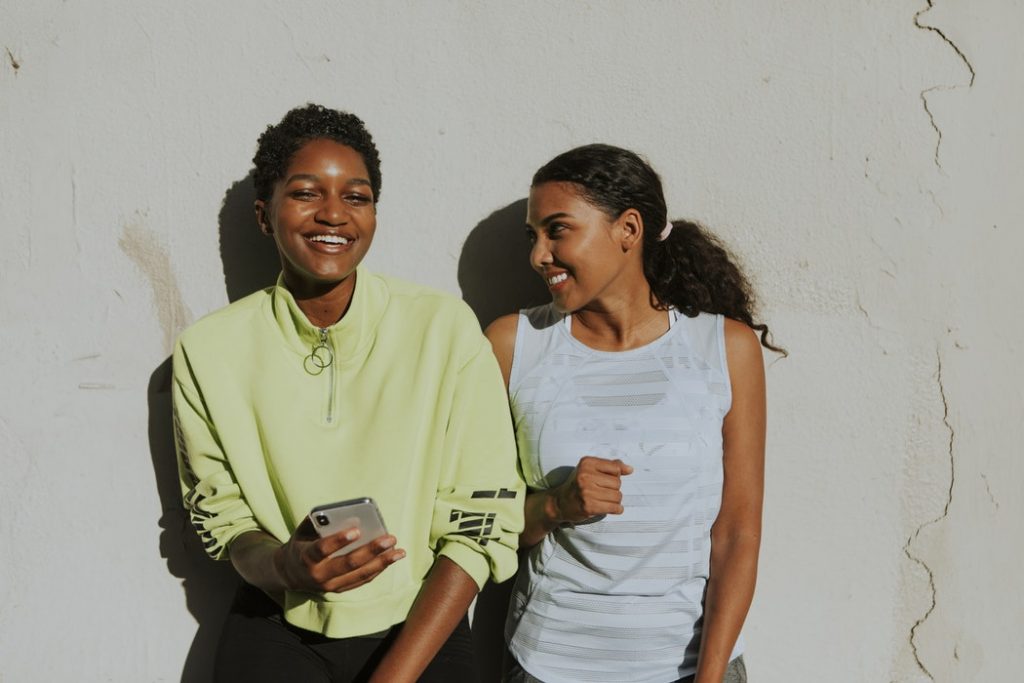
Finding ways to create connection like pre-emptively, proactively, so the part of yourself that’s doubtful or scared feels just comfortable enough to do the thing you’re afraid to do enough times.
I would add something that came to mind. It’s the first connection we make is with ourselves. Maybe just do a little meditation or even a daily meditation, doesn’t have to take long. It can take like even three or five minutes and just imagine yourself as a young child and talk to that young child and comfort her and love her, give her a lot of love.
Yes, that’s a great tool too. That’s beautiful. The other thing is, and we say this a lot in Project: Youis declare yourself faith. Simply declaring yourself faith and letting your cavewoman know that she’s kind of a kin to that, you maybe nervous but really, we’re just doing a video, no one’s going to die.
We’re so worried about our safety and I know it’s genetic and it’s sometimes real in real life can hurt by the media, can hurt by the outside world. I just got a bunch of cards, it’s like a daily affirmation cards from Louise Hay. What I noticed that many of the cards, I don’t know if each card, but many of them after all the affirmations, all the affirmations it says, ‘I’m safe’. Affirmation, I’m safe, affirmation and I’m safe. I am healthy in my body and mind and I’m safe. I am open to receive whatever the universe wants to give—I’m just making this all up—and I’m safe. Everything ends with ‘I am safe.’ Safety is such a big deal.
It is. In terms of short-circuiting the part of ourselves that is afraid we’re not. That’s what’s driving. We may call it doubt, we may call it fear, we may call it resistance, but it’s a part of ourselves that doesn’t think we’ll be safe if we do that thing. It is about safety. Back to the masculine, itt does experience it too, it’s just easier for them to bust through it because it was advantageous for the hunter to do that. It served him, he got a lot of points. He got a lot of points for busting through and being a hero, and capturing the lion. That’s why I think some things, as much as I totally love working with men, and there’s also been conversations in groups I have that are just women, I’ve gotten to say things that I’ve actually ended up what I said by saying, “If a guy were here, that would make no sense.” My cheeks started to burn, I can’t remember what it is but I had this freak out, cavewoman physical expression of this perceived disconnection. It would make no sense to a guy because he would never dematerialize in such a way. The honest to goodness truth is our cavewoman, our survival expression can look like that over things that men would never even imagine being that bad. It would definitely cause, in a relationship, either with your romantic partner or like with a male boss or a male colleague to have them be like, “Whyat are you talking about this forever? Get over it.” I had an old boss and he would never could understand and I’ll be like, “Oh my,” and he’s like, “Drop it,” and I’m like, “I can’t.” It was cavewoman. I learned that later and now I see that’s why I couldn’t just drop it. He was really freaked out. I’ve just found so much space just understanding her orf being aware of her, she’s never going to go away. She will move on, that’s the thing if you do stuff enough times in a short enough amount of time. She’ll move on, she’ll realize you’re not going to die and she’ll move onto something else, she’ll get over that thing and you really will and can reduce and it’s gone. You can get to a point where it’s just gone. I’ve done that in many ways in Project: You. It does that for both you on video but also you in life, you will be more you in life because you’re not trying to be something else. It’s kind of that simple.
What’s your tips on refining your message?
My tips on refining your message in terms of your words, I am a bear about this, it goes back to the brain silos, this is where brain science is so cool, is to choose what I call vivid words. Vivid words are concrete, vivid words mean one thing to most people, they don’t have a lot of interpretation. They don’t come with a lot of subtext or emotional baggage so to speak. To say nothing, the inferences makes me think of, “You’ve got to be careful with that,” for your messaging. The brain shoots off and starts thinking about Monday night football for whatever reason. Our job is not done, they’ll fail. We want to choose the words that paint a picture in the other person’s head that is as close to the picture that we want them to have as possible in our messaging.
We want to choose the words that paint a picture in the other person’s head that is as close to the picture that we want them to have as possible in our messaging. Click To TweetWhat’s an example?
An example, we want concrete words, I’m going to illustrate what abstract words look like. Saying, “If you work with me, you’re going to transform and be empowered.” Transformed and be empowered are two of the very abstract words that we often hear in the coaching-healing industry and they’re very abstract. Most people don’t even have a definition of transformation and empowered, most people. I know we run in circles where we do but most people don’t. They might have heard, it maybe they’ve never heard it, but they really don’t have a solid definition. They’ve gotten the definition out of just hearing people talk so they get it through the context, they infer it through the context. A more concrete, vivid thing to say, and it is often just about getting more specific, what do you mean by transformation is to say I work with people who want to do the inner and outer work it takes to get comfortable in their marketing, who want to trust themselves enough, who’d say what they see, and be powerful when they do it. Most of that was off the cuff. Some of that was stuff I already say but that would be me. You start to kind of see how you can have a clear picture of what that is versus transformational and empowering. That’s the difference between concrete and abstract.
Would you say you actually simplify it so a five year old can understand?
Yeah, I mean, that is one way to look at it. It’s a little more nuance because we are looking at subtext, connotation, sort of secondary meanings and stuff but yeah, you get simple, you get tangible, you get life impact every day. What does it look like, what does it look like, I say that a lot, what does it look like? That’s also how you differentiate. How many coaches say they empower?
I do.
I’m sorry, I’m sorry. I didn’t even realize that. So many people do and it’s such an easy example for me. When you ask that I’m like, “Okay.”
Stellar life, get inspired and live out loud.
Okay, yeah. That’s more specific. That’s good. That’s definitely better than some things. It differentiates you because you’re not one of many coaches that say you empower, you say you’re going to get a stellar life. I would probably have taken a stellar life and get a little more of, “What does that mean? What does the stellar life look like?” But I mean, it’s good, it’s there. I’m starting to imagine something or the difference between a health coach or a divorce coach or one of those other really wonderful specialties that yeah, they empower women, but no, they get women to set boundaries and say no when they need to and have tough conversations with their ex. Totally different.
That’s powerful.
Right? That’s what’s going to get somebody be like, “Ooh, that’s why that first level of marketing is to get that person to say hi. Orion, I think I might need to work with you.” It can change the whole sales process because they announce to you that they need you.
Right. That’s amazing. How do you go about refining your message? Is there a strategy? Is there an outline?
Well, it’s how I help clients do it. I don’t think there is a one way to just say do it. I definitely think that’s why I often talk in what are the outcomes. What do we want? We want clear, vivid, concrete words on the marketing level. The process I take people through is first and foremost, getting really clear on what the needs of their clients are. When I say needs, it’s the needs they know they have versus the needs we know they have. Because we know they need all of these other things. They know they need to know how to say no to their ex. That’s what they know. We know they need to be empowered, we know they need to trust themselves, we know all of these things. They know they need to say no to their ex sometimes because this is ridiculous and they’re just laying down and taking it. Starting there, I am a big fan, I got this urgent need. You’ll hear other messaging and marketing coaches talk about the needs, one thing I’m different is I beat them to death. What I notice with most people don’t know kind of inherently, why would they, that those urgent needs need to then show up in your benefit statements, they need to show up in your talk, they need to show up in your social media posts, they need to show up in your programs, your offerings, it’s all related. You got to carry those urgent needs through. You start with urgent needs and then you create what I’ve named vivid benefits and that is to get at, they’re not just benefits, they’re clear, concrete, vivid benefits that people can have an immediate image pop into their head, that’s that vividness, vivid image pops into their head. You can create vivid benefits and then from there you can create a 30-second intro, you can do lead paragraph on your website. You then take that core messaging, this is where when you work for Deloitte or if you work for Chase Manhattan or whatever it is, they’re style guides and it’s so a core message gets translated across everything. You then take that core message, basically which is your benefits, and keeping in mind those urgent needs and you put that into your web pages, you put it into your fliers, your conversations, your social media posts, your master classes, or your webinars. You have that all working together into a program that works.
How do you keep building your community and nurturing your community?
I think that building it is continuous. I just spread the word myself and be visible myself and appreciate, be super grateful for those that love my community so much that they share it with other people. That’s one way at this point. You just share it. Nurturing is I think about giving and also letting yourself be supported. I think that is that I don’t have to go talk about my vulnerable points necessarily and they are an amazing source of support for me and allowing that, that’s kind of giving and receiving. Giving and then receiving from them, they’re supporting me.
That’s beautiful. What’s the craziest thing you’ve ever done?
I guess what’s popping to mind, because I did it with so little forethought that it was kind of crazy. It’s funny, I don’t consider moving to a city all by myself after college crazy and most people would but no, that’s not what I consider crazy. I got my belly button pierced when I was about 24. I had no idea it was happening. It was very random. It took me like a year to decide to get, no, it took me three years to decide to get a tattoo and what the tattoo was going to be. It was this whole drawn out, very kind of responsible process. But with the belly button piercing, my friend was in town with her boyfriend who was like one of the top piercers in the country and we did it in this very sterile kitchen, the cleanest house. There’s my friend’s, immaculate house or whatever. Sorry, it had just been like deep cleaned or something and we did it in this immaculate kitchen. It was just so unlike me to do something—and here’s the other thing, didn’t know that it was going to take so long to heal, didn’t know how much it was going to suck for six months. I had to walk with paperwork in front of my stomach and me on the subway in San Francisco with people elbowing me. I mean, it was awful.
Oh no.
That’s the thing, normally, I think things through, I’ll do a lot of research, I’d know what I’m getting into. I had no idea what I was getting into. It wasn’t easy. I didn’t have—sometimes these things can be really gross and infective, it wasn’t like that but it just took a while to heal. I don’t know if that’s crazy but because I had no forethought and then it kind of bit me in the butt not knowing what I needed to know.
No, it’s cool. My belly button story is a little weird too. When I was 16 and a rebel, I met this guy, I think he was like probably 35 or 40, I don’t know and I hung out with him and another friend. He was covered with tattoos and piercings and that’s what he did for work. I don’t know how it happened but I found myself at [4:00] in the morning at his shop. I think he was drunk and he was like, “Let me pierce your belly,” and I was like, “Okay.” He did it and it’s a little crooked but yeah, that’s how I ended up with a belly button pierced.
Oh, funny. It was kind of spur of the moment too. I did take mine out a while back at this point but it was funny, it was also dramatic Orion, I never changed it. It was the same thing for like the 10 years I had it. When I finally took it out, I swear the only reason I took it out is my brother was there and he has had one and I did need him. I’m like, “I can’t figure it out. You got to do it.” It was okay.
What’s the best thing that ever happened to you?
Goodness, just one?
Just one of many, yes. One of many.
Just one of many. What’s the best thing that ever happened to me? I’m kind of blanking in a weird way. I guess what’s popping to mind is one of the best things that’s ever happened to me is I went to Loral Langemeier’s 3 Days to Cash.
Cool.
I don’t know if you know what that is. Okay, you do. It’s pretty cool. She created a micro-economy and everyone’s just selling to everybody and actually, that would be a container, a safe space, the reason I went to 3 Days to Cash because I knew I had some like residual low-grade kind of sale stuff still going, it was three years ago.
I spoke with her, she really wanted me to get into the program. I will do it one day.
It’s a fun little workshop. Anyway, I knew if I went to this thing for three days and asked 30 people for money, my cavewoman would realize that we’re really okay, we really can do this.
Really amazing.
That’s why I went but the best thing that happened in terms of that question was I had a theory that it was not just one five-minute conversation. I had a series of conversations with this one specific woman and we’ve gotten pretty deeply into this sales conversation for a multi-thousand dollar program but she hadn’t said yes. There was a speed round kind of at the very end right before they count up and give the prices at Loral Langemeier, they just let us all lose and what we’re just supposed to do was at the mosh, you can’t see everyone’s moving around is when you need a new person to talk to, you raise your hand and some of her staff connects the people who needs someone to talk to. The last person I got in those 30 minutes was this woman.
No way.
Was this woman. We were knee deep into this, we were even dealing with objections actually and I just sort of said really quickly in five minutes I was like, “I’ll give you this, this, this, this, this. It’s all that for $5,000,” and she’s like, “I can’t get that past my husband,” I’m like, What can you get past your husband?” She said $2,500 and I was like, “Done.” I won the whole thing. I won the highest dollar. I won it because of that sale. I was middle to low before that sale. I was nowhere near the top before that sale. I made like $250 before that sale, low-end things which is kind of what you’re supposed to be doing but because this woman was sitting in front of me giving me all these things she needed that were not just little silly download, we had started talking about it.
Beautiful.
Yep, that was pretty fun.
Amazing.
Thank you.
Before we leave, can you give us your three top tips to living a stellar life?
I think I’m going to start with know what you want. Know what you want that stellar life to look like and be. Two, develop and cultivate and nurture relationships that are going to get you there in partnership.
You’re very good at that.
Yeah, thank you. Three, and most importantly is be yourself. Be as much of yourself as possible in all situations. It will be stellar, it has to be if you’re truly that aligned.
Thank you so much. I’m sure people want to know where they can find you and how they can know more about you and Project: You.
Yes. Well, they can certainly go to my website, it is www.sparklingresultscoaching.com, plural on the results, there’s more than one. The Project: You is right there, front and center on navigation at the top you’ll see it. If you are looking here and all of this and looking towards the new year and want to talk about possibly what you need that I can help with, you can go to www.talkwithsarah.com and sign up for that.
Thank you so much Sarah, this was awesome.
You’re welcome.
It was great.
Yes, such fun. Thank you. I appreciate it.
Thank you so much listeners, I hope you enjoyed this episode as much as I did. It was awesome and I hope that you will find your authentic self and be okay with expressing everything that you are. Just go out there and do good into the world and live a stellar life. I will catch up with you on the next episode. Bye.
Bye.


Your Checklist Actions to Take
✓ What would a self-imposed authenticity challenge look like for you? Think of a few examples, and then work toward implementing them and living more authentically.
✓ Look into Sarah’s Project: YOU. If it sounds like something that might work for you, sign up and participate wholeheartedly in the three week process.
✓ “Don’t tell the story until you’ve stopped bleeding.” If you’re thinking about sharing something publicly, check whether you’re still bleeding. If so, don’t share it yet.
✓ Next time you make a video, don’t write or memorize a script. Make an outline of 3-4 bullet points, then trust yourself enough to just let yourself talk.
✓ Work on slowing down your speech when you’re teaching something or explaining something. Going slower will help people process and listen more attentively
✓ To get over self doubt, create your own safe space to do the thing you’re doubtful about. Repeat this until your inner self realizes you can do it and be okay.
✓ Declare yourself safe. Reassure your “inner cavewoman” that she (and you) aren’t in any actual danger.
✓ Get clear on what your clients need. This doesn’t mean things that you know they need, but rather things that they know that they need.
✓ Write down several clear benefits that you can offer to solve people’s needs. Use clear, vivid, concrete language instead of abstract terms.
✓ Visualize what you want your stellar life to look like. Be as specific as possible; it’s easier to achieve clear goals than vague ones.
Links and Resources:
- Sparkling Results Coaching
- Project: YOU
- Talk With Sarah
- Facebook – Sarah Michael
- Neural pathways
- Loral Langemeier
- 3 Days to Cash
About Sarah Michael
 Sarah Michael is known as an Expert of Feminine Leadership, and is the founder of Sparkling Results. Sarah works with heart-centered and mission-driven entrepreneurs to produce real financial results that feel good.
Sarah Michael is known as an Expert of Feminine Leadership, and is the founder of Sparkling Results. Sarah works with heart-centered and mission-driven entrepreneurs to produce real financial results that feel good.





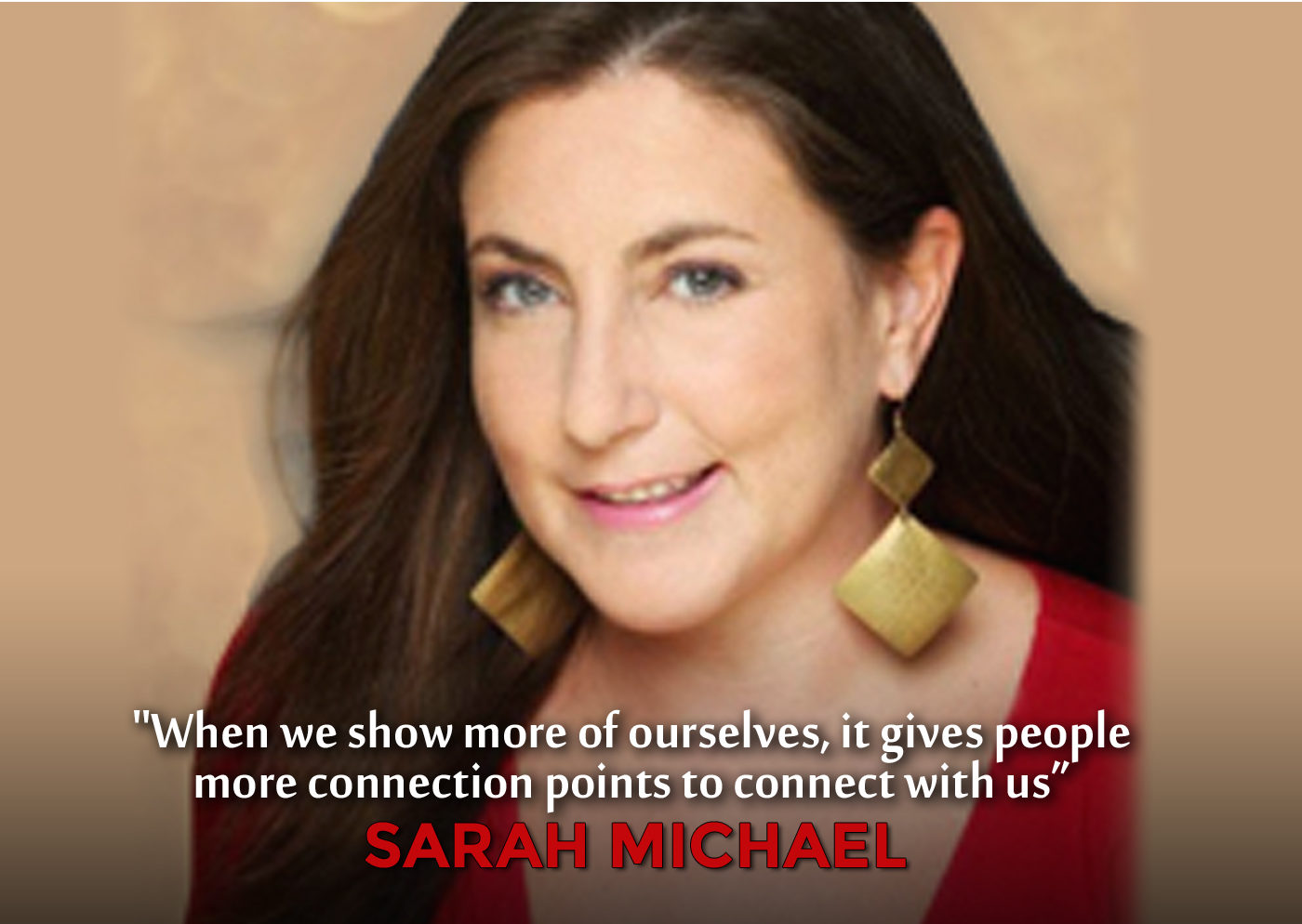






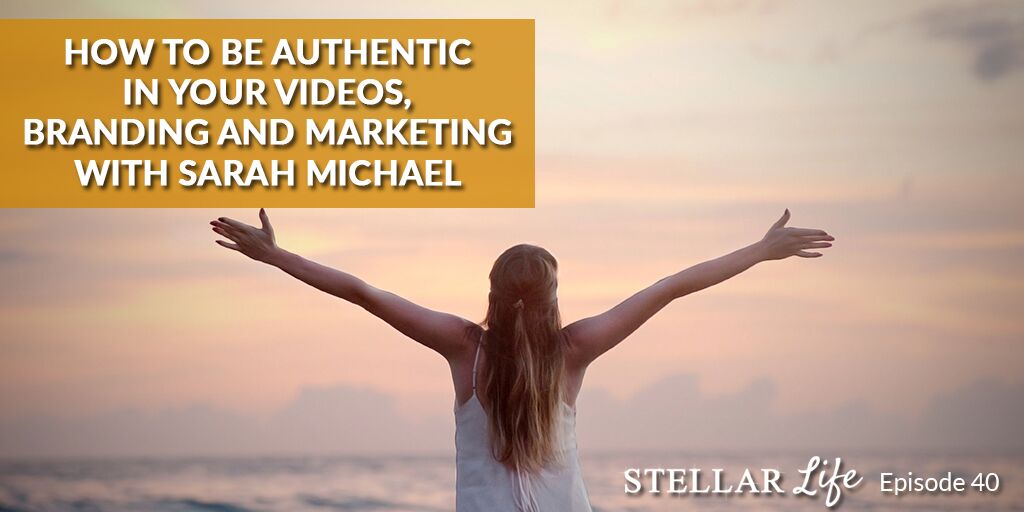

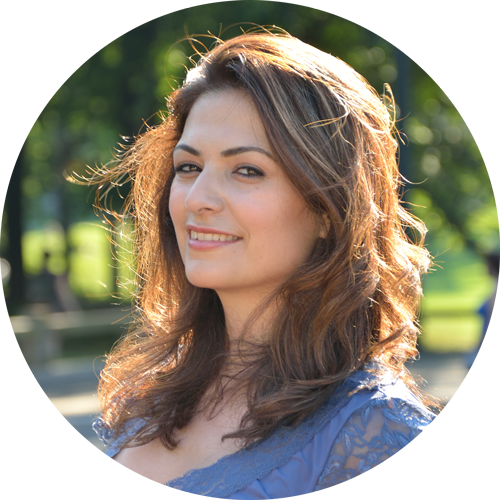






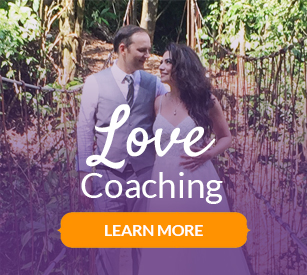
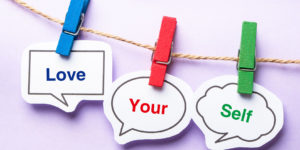








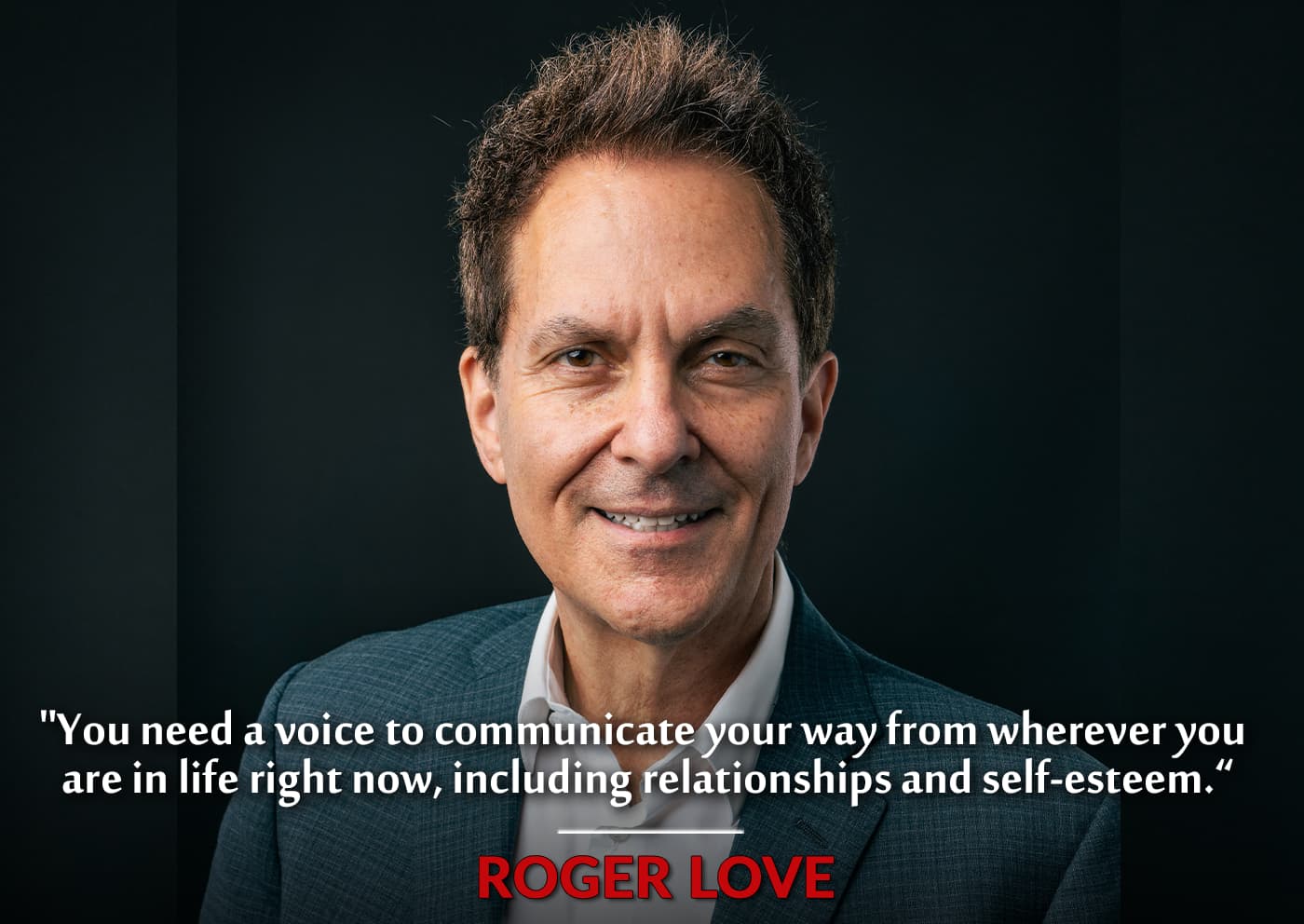

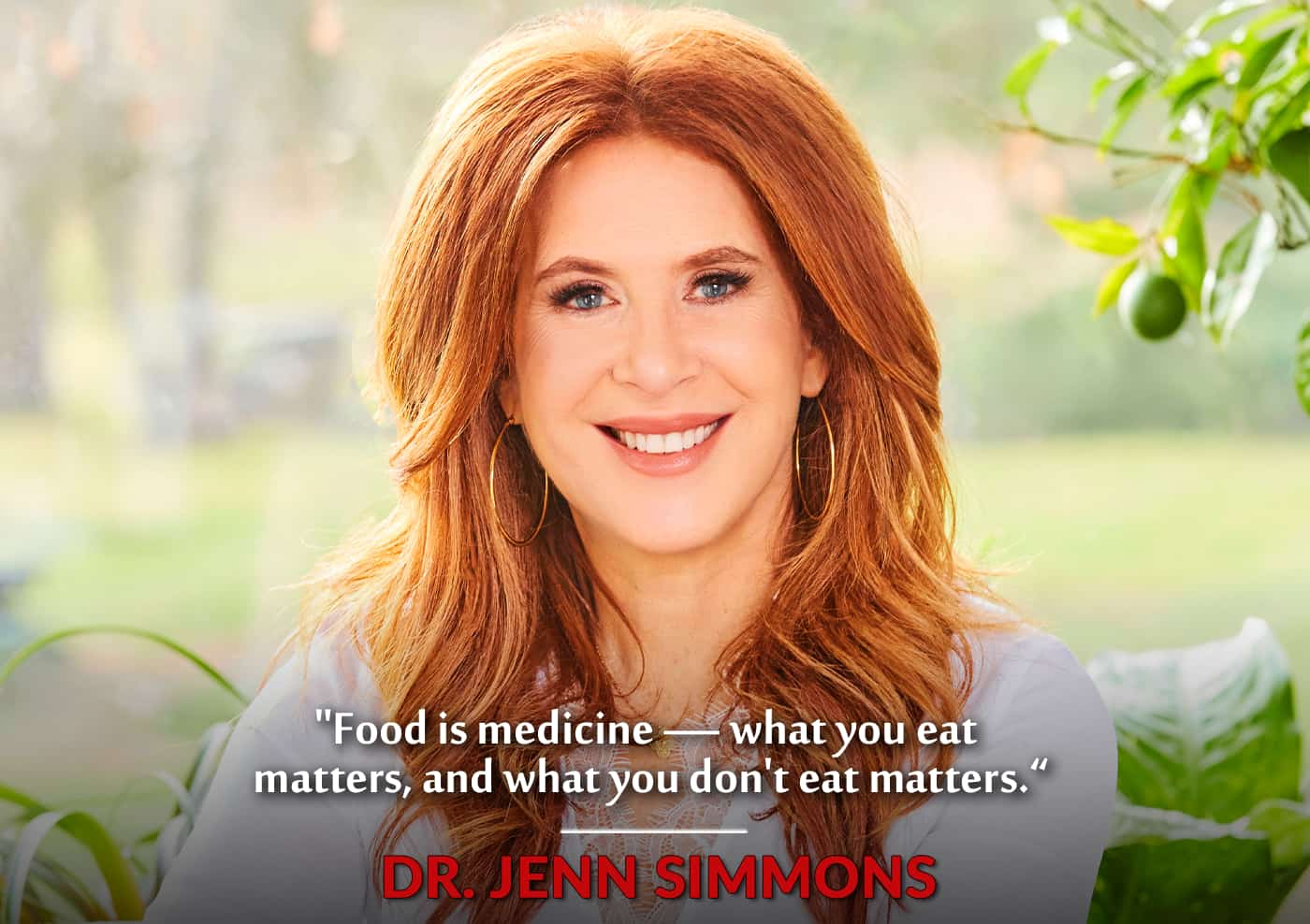
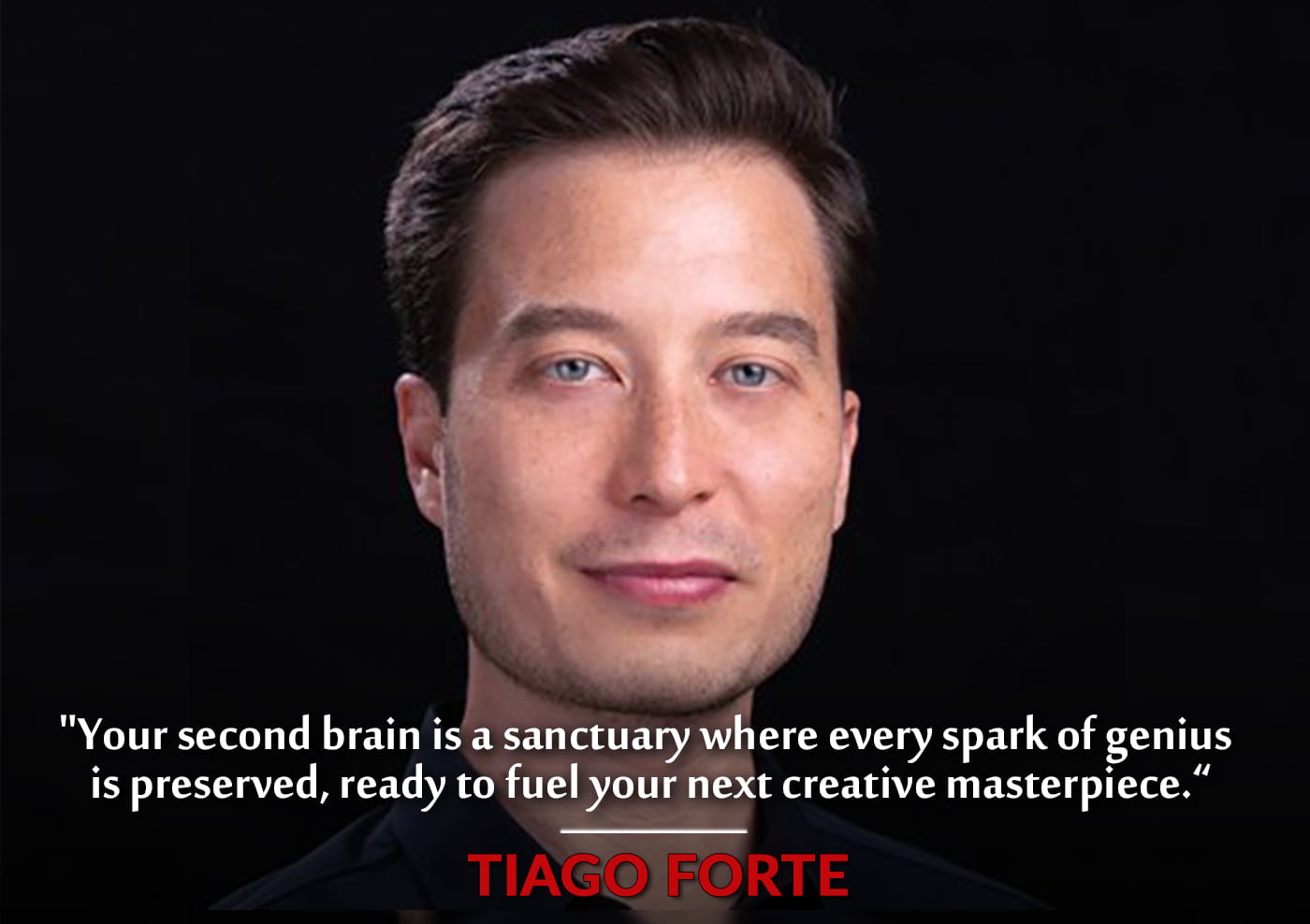
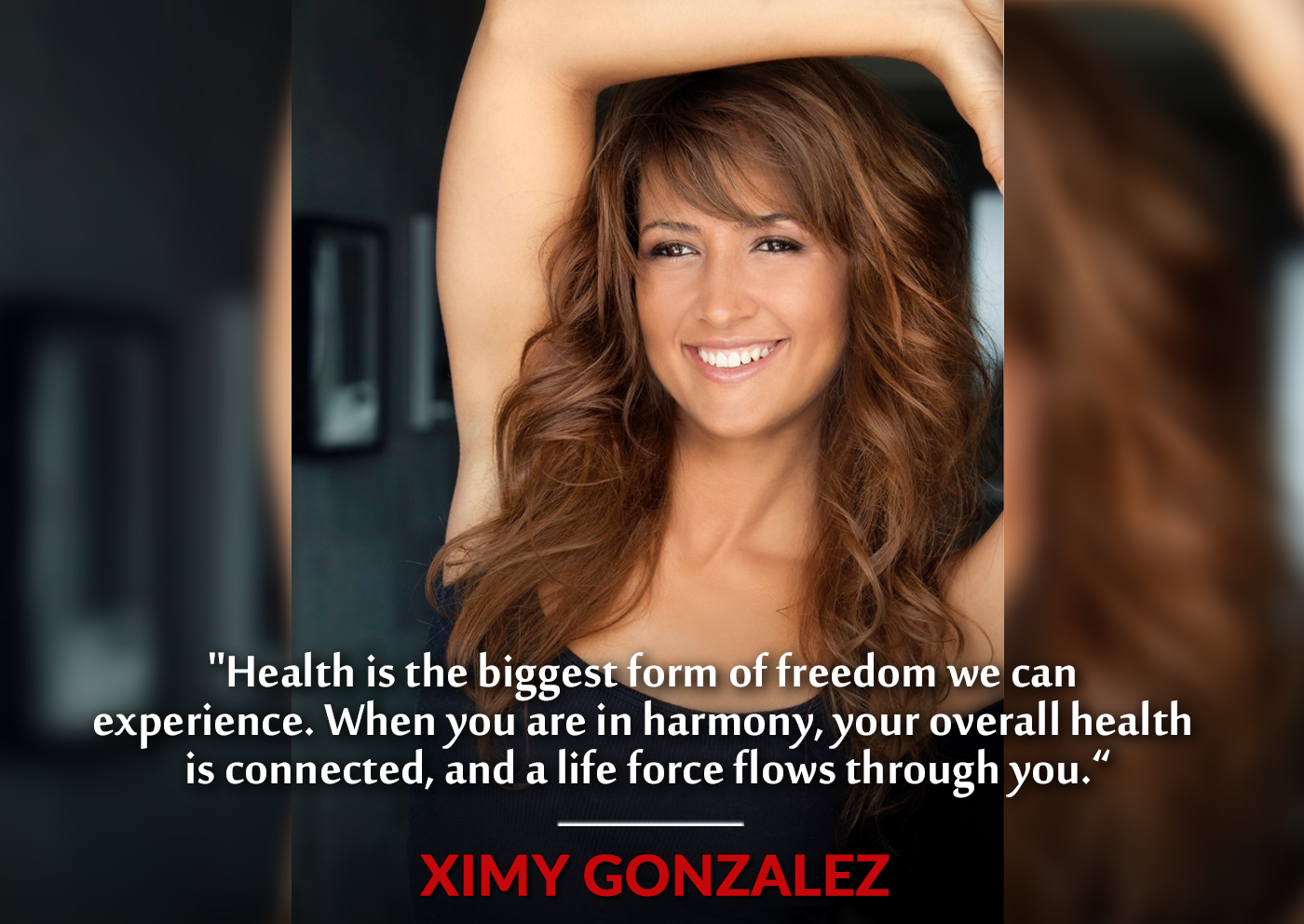
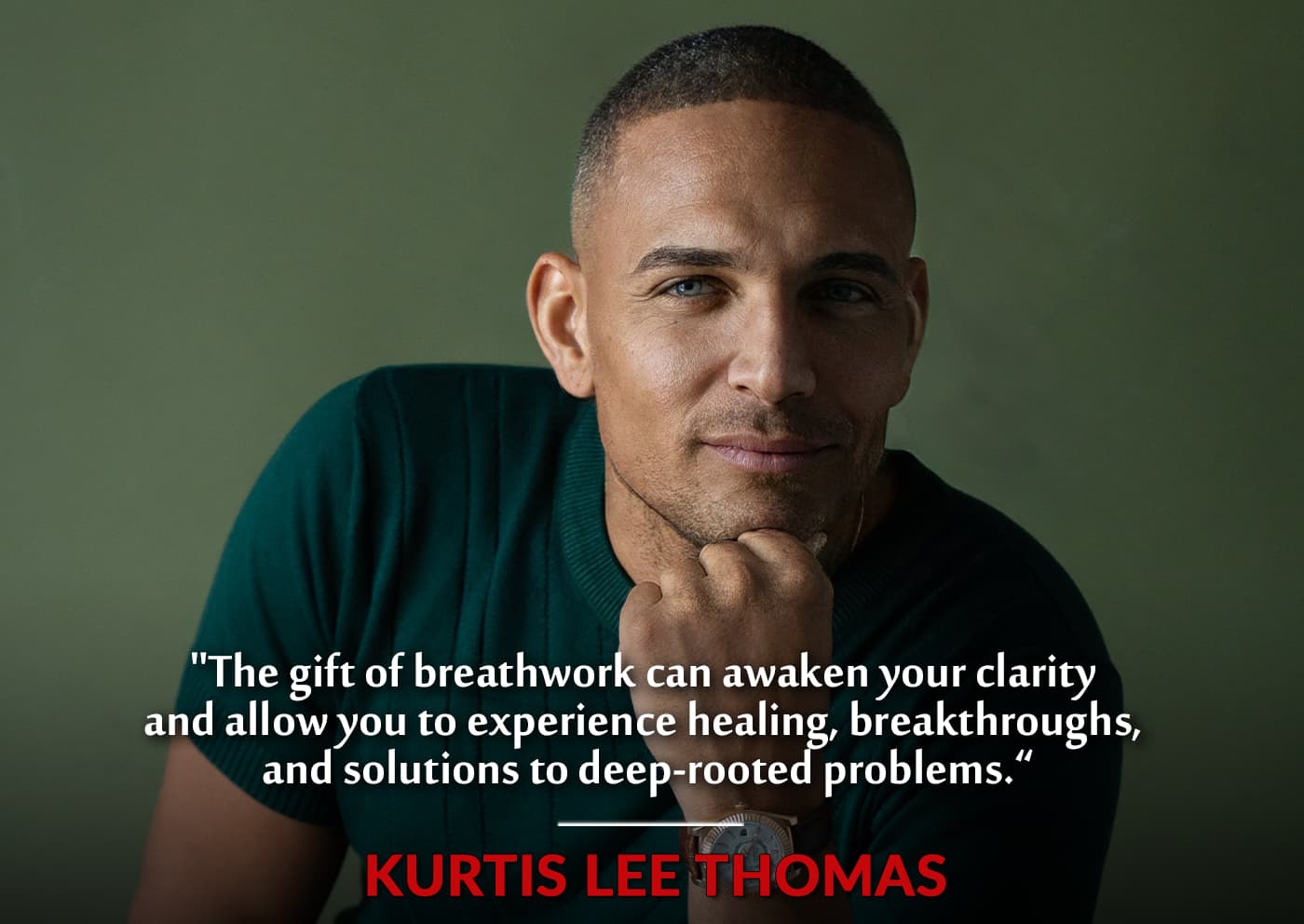
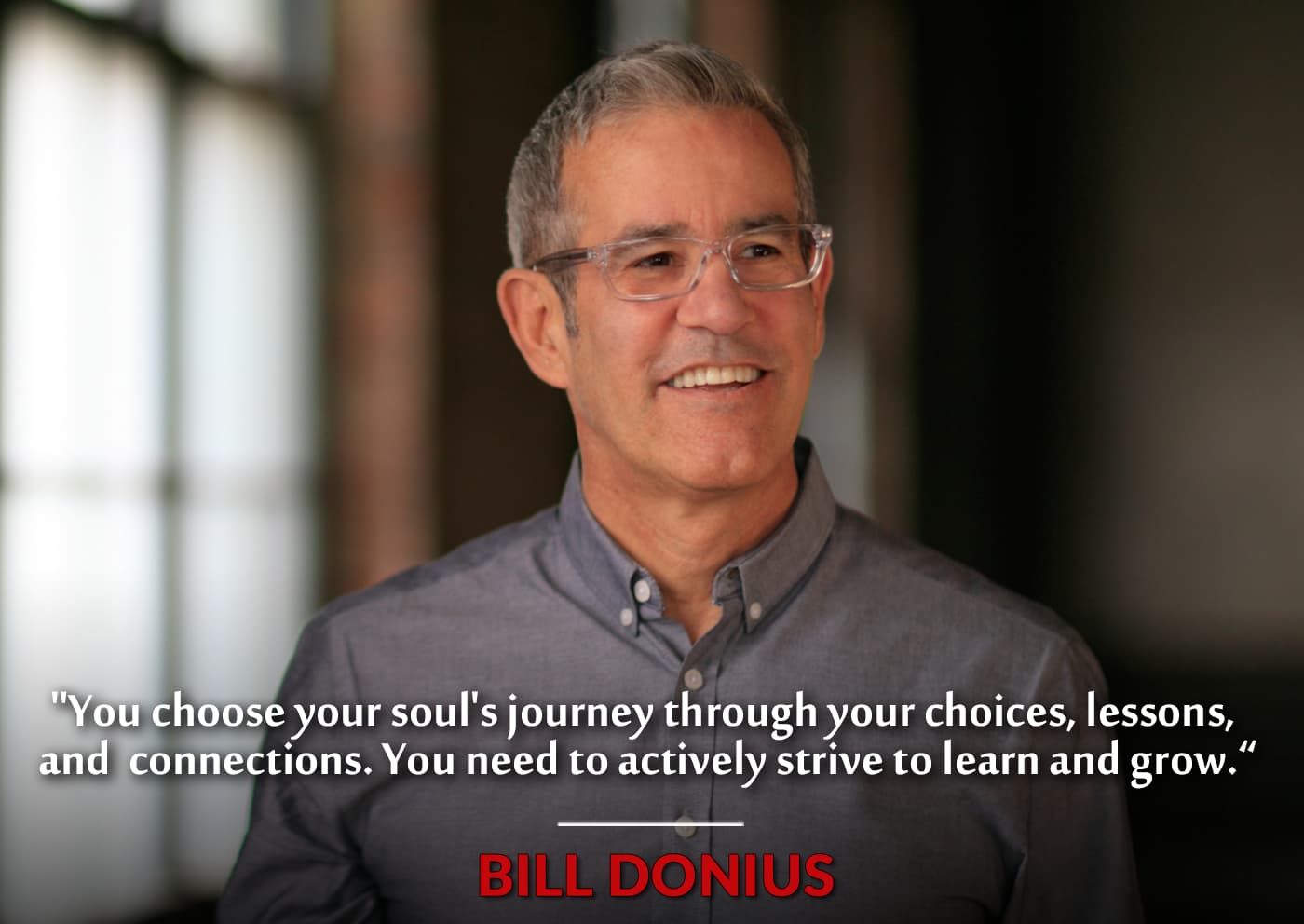
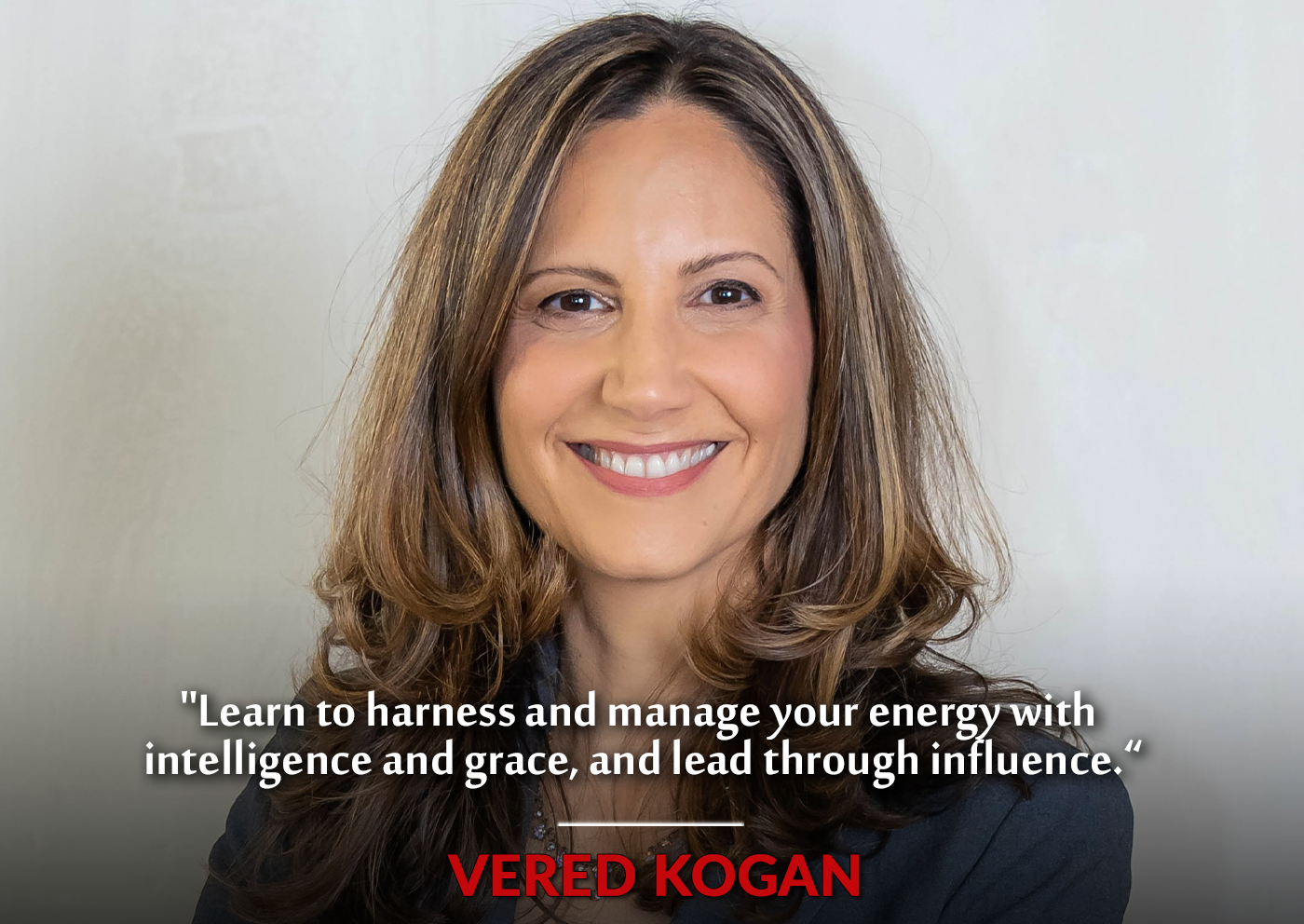
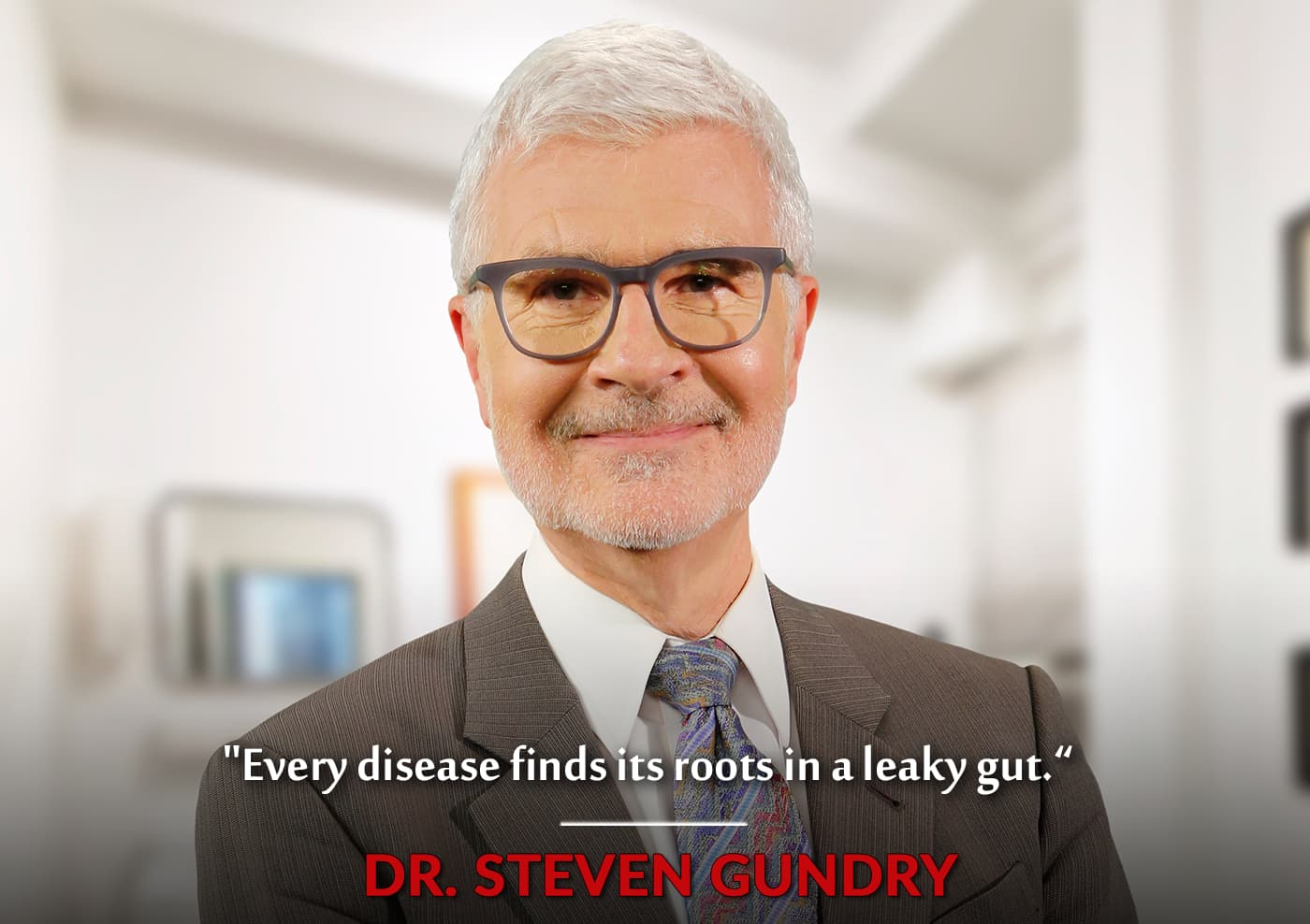
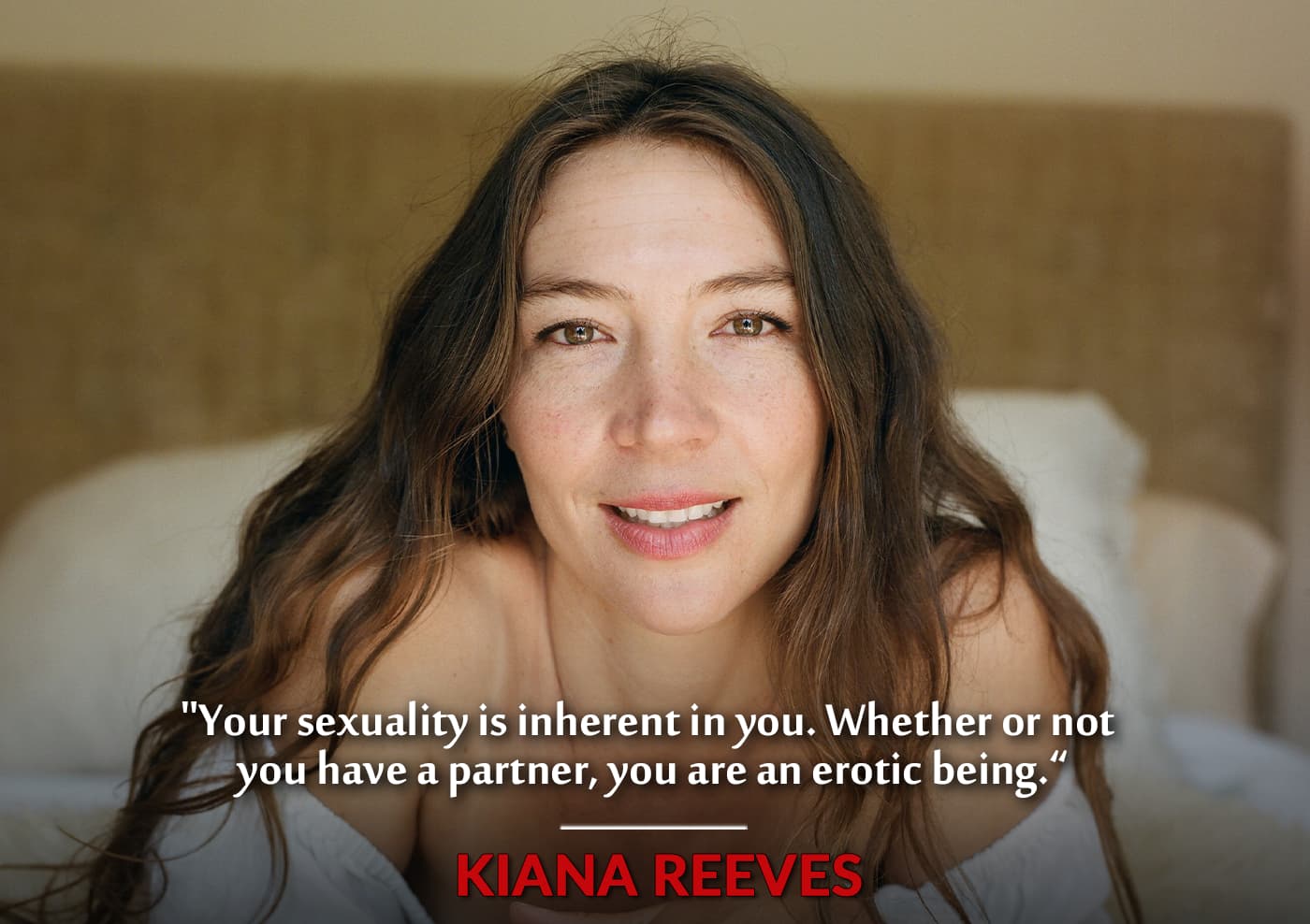
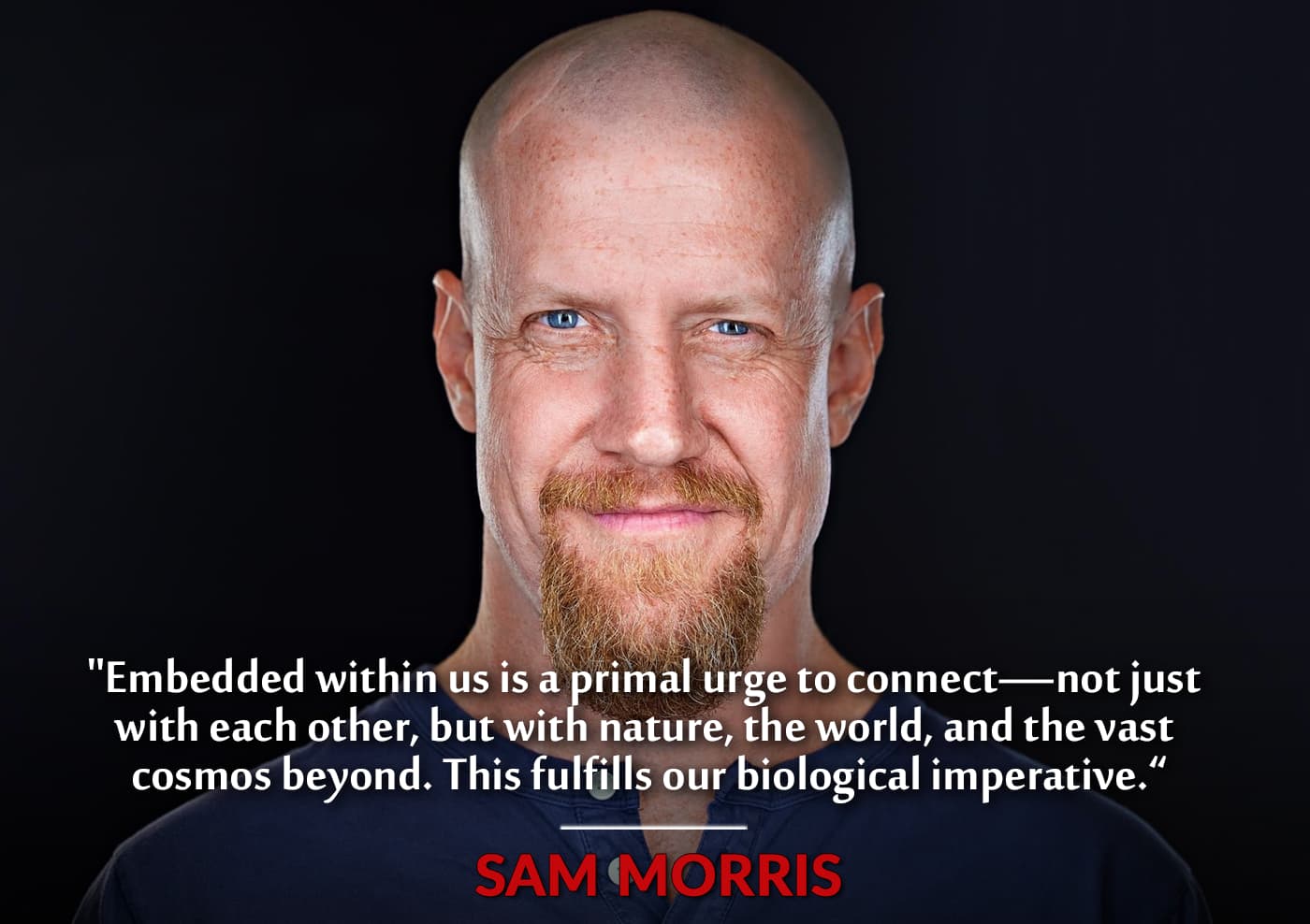
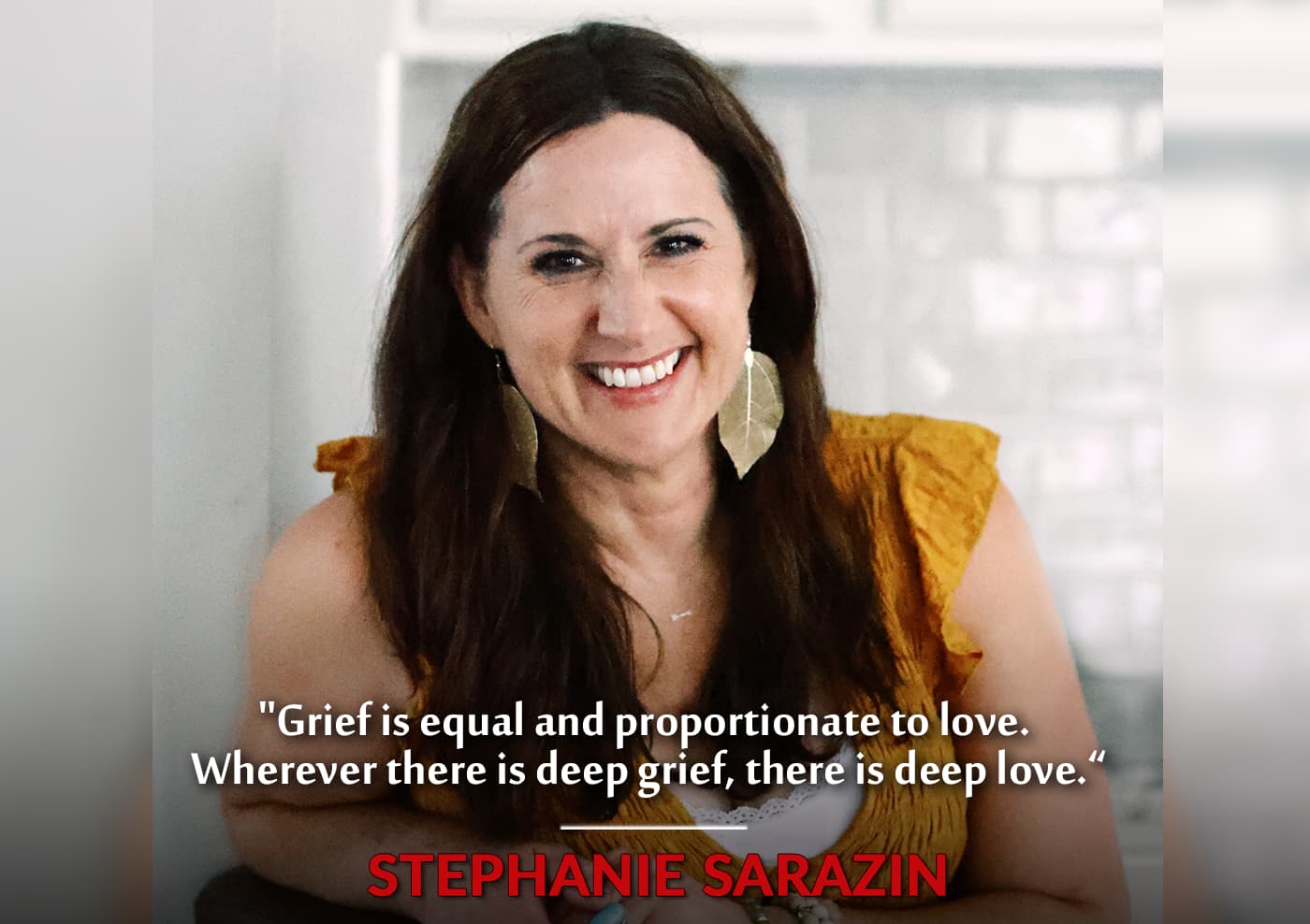

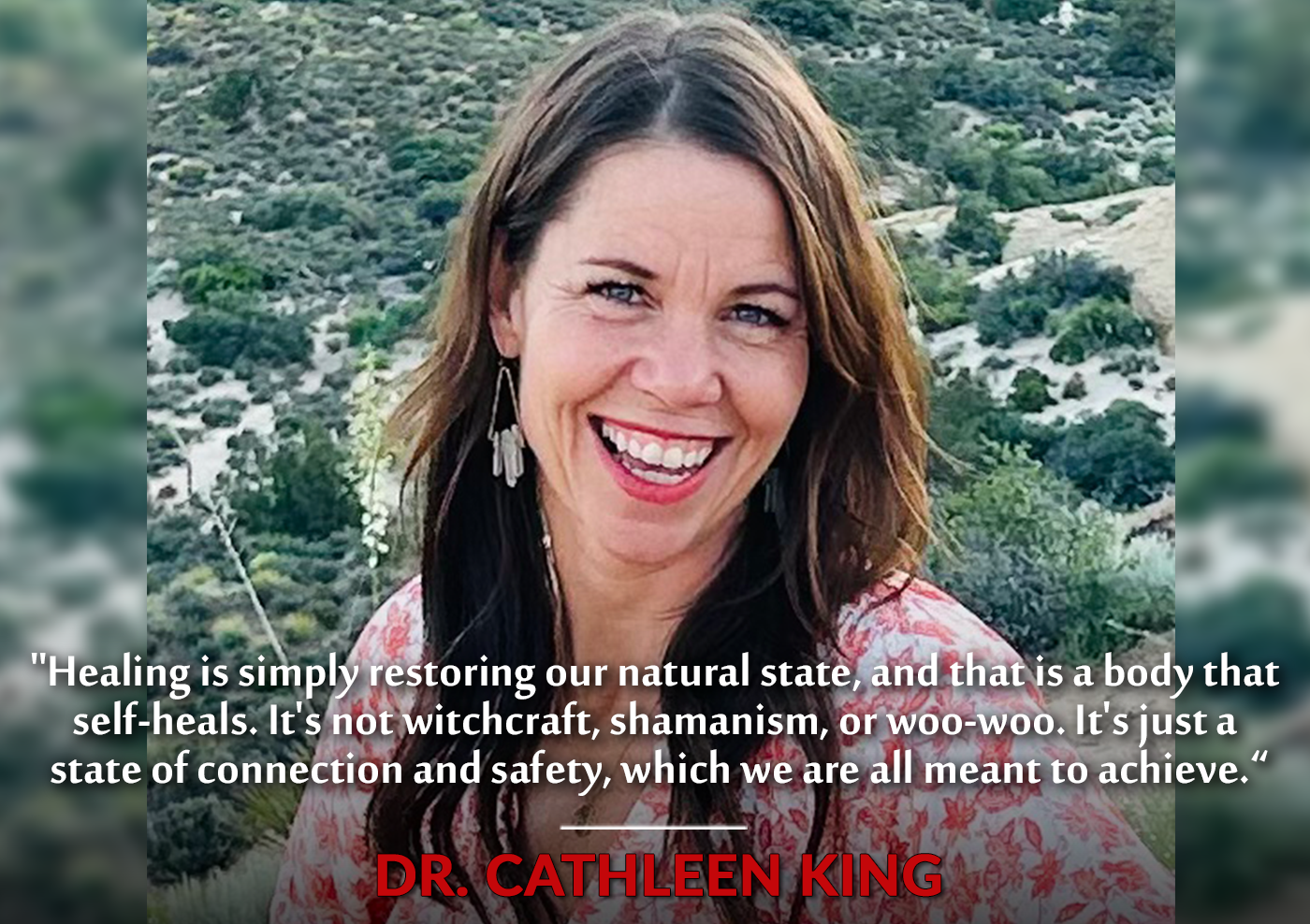
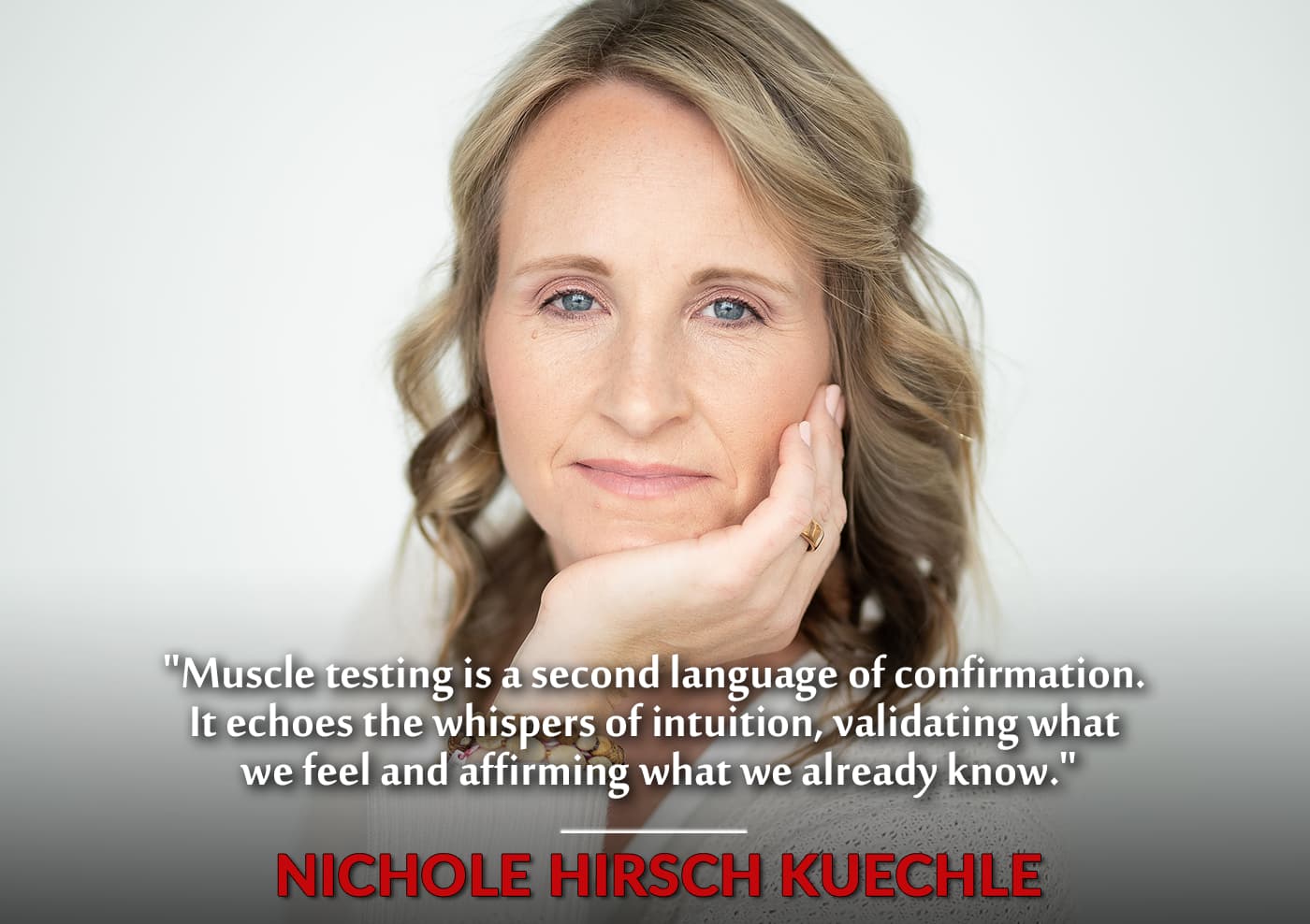
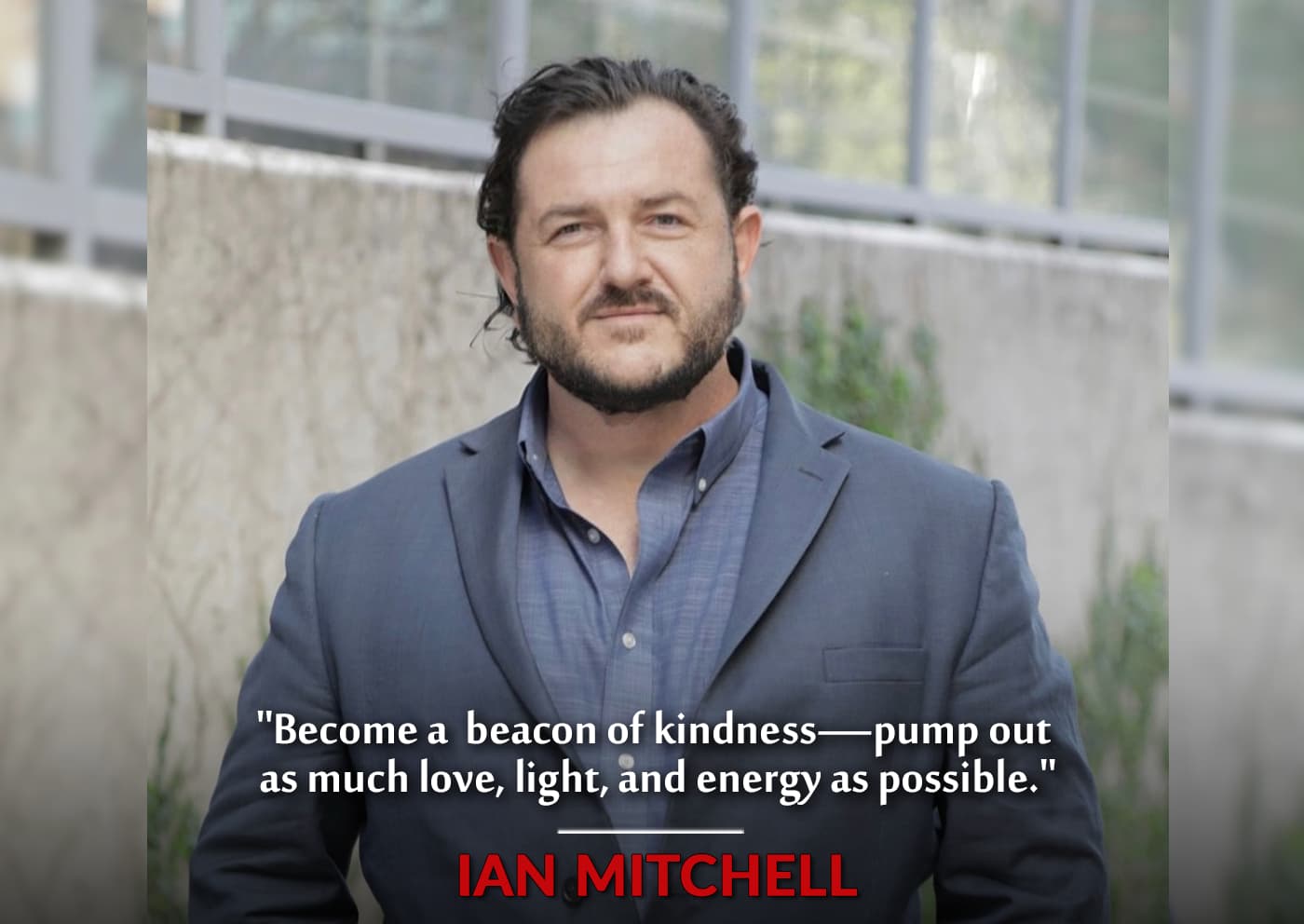
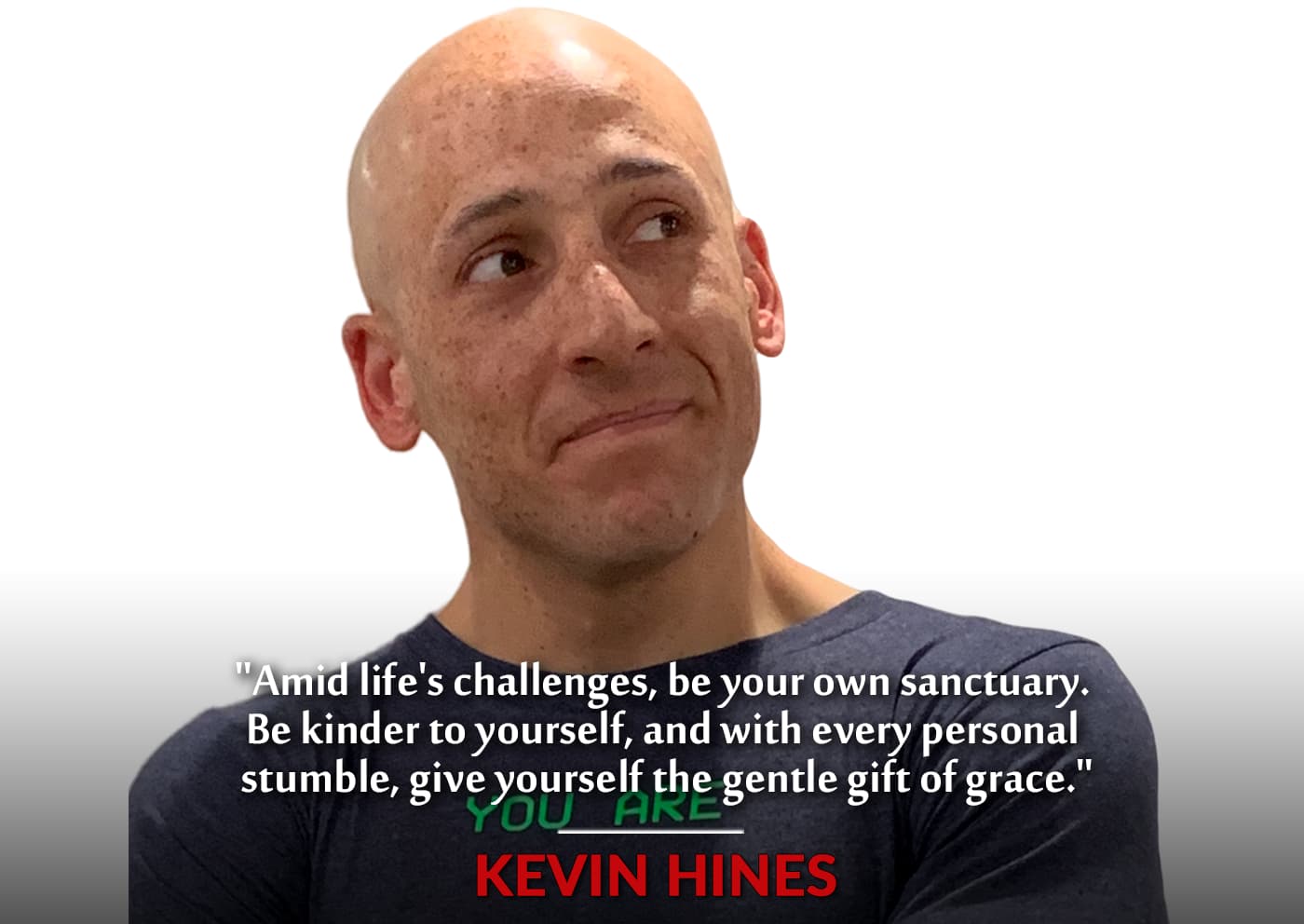
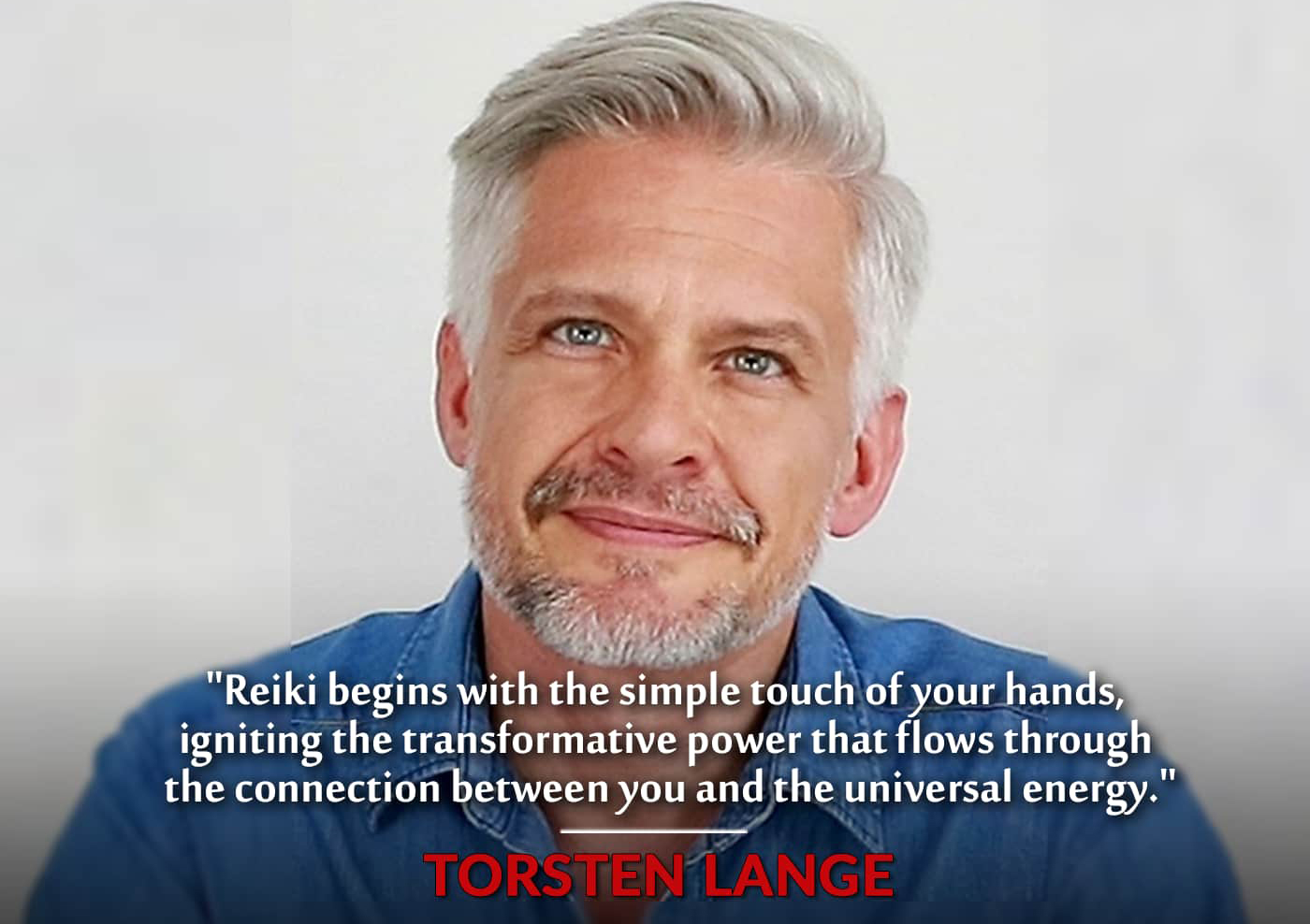
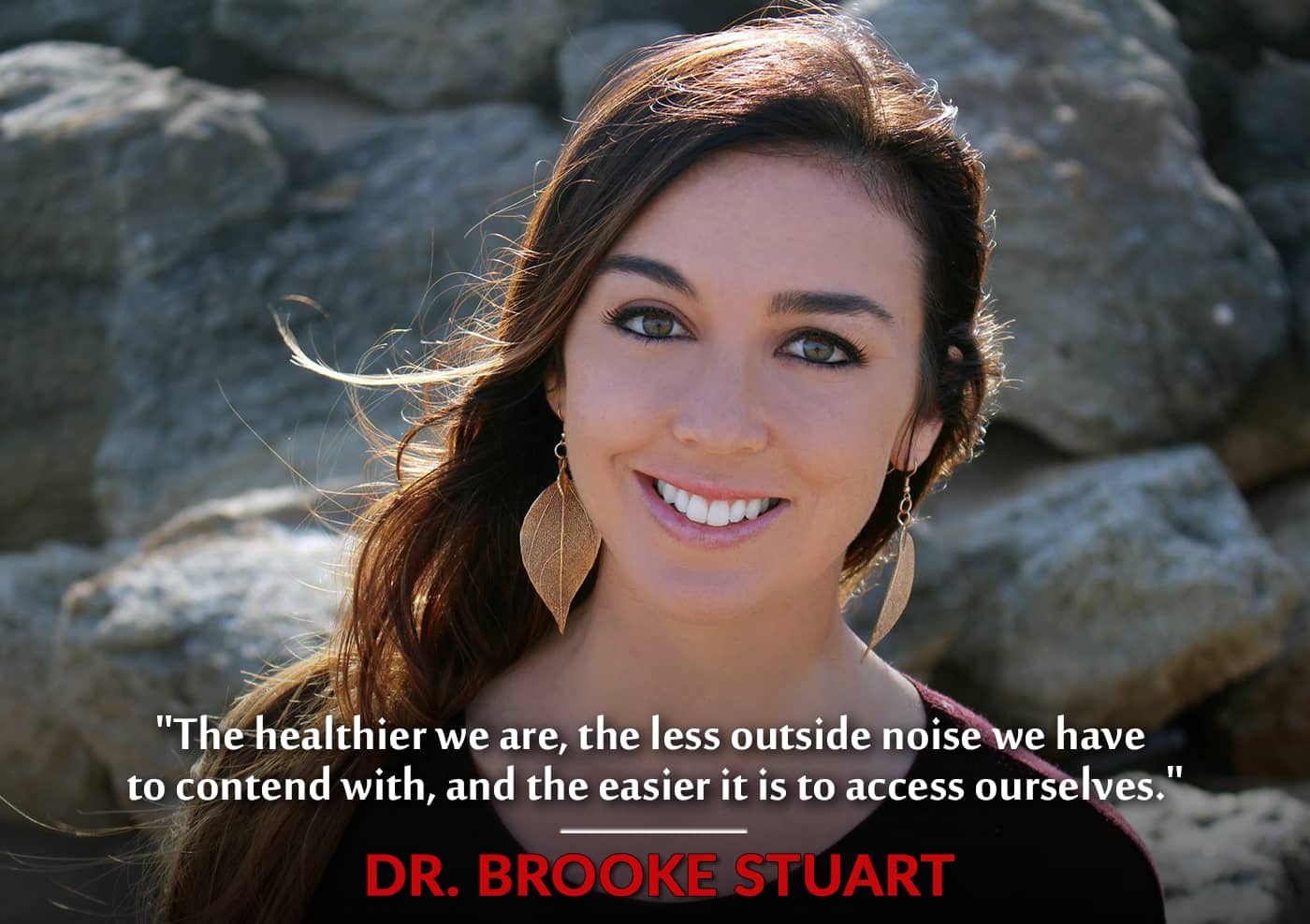
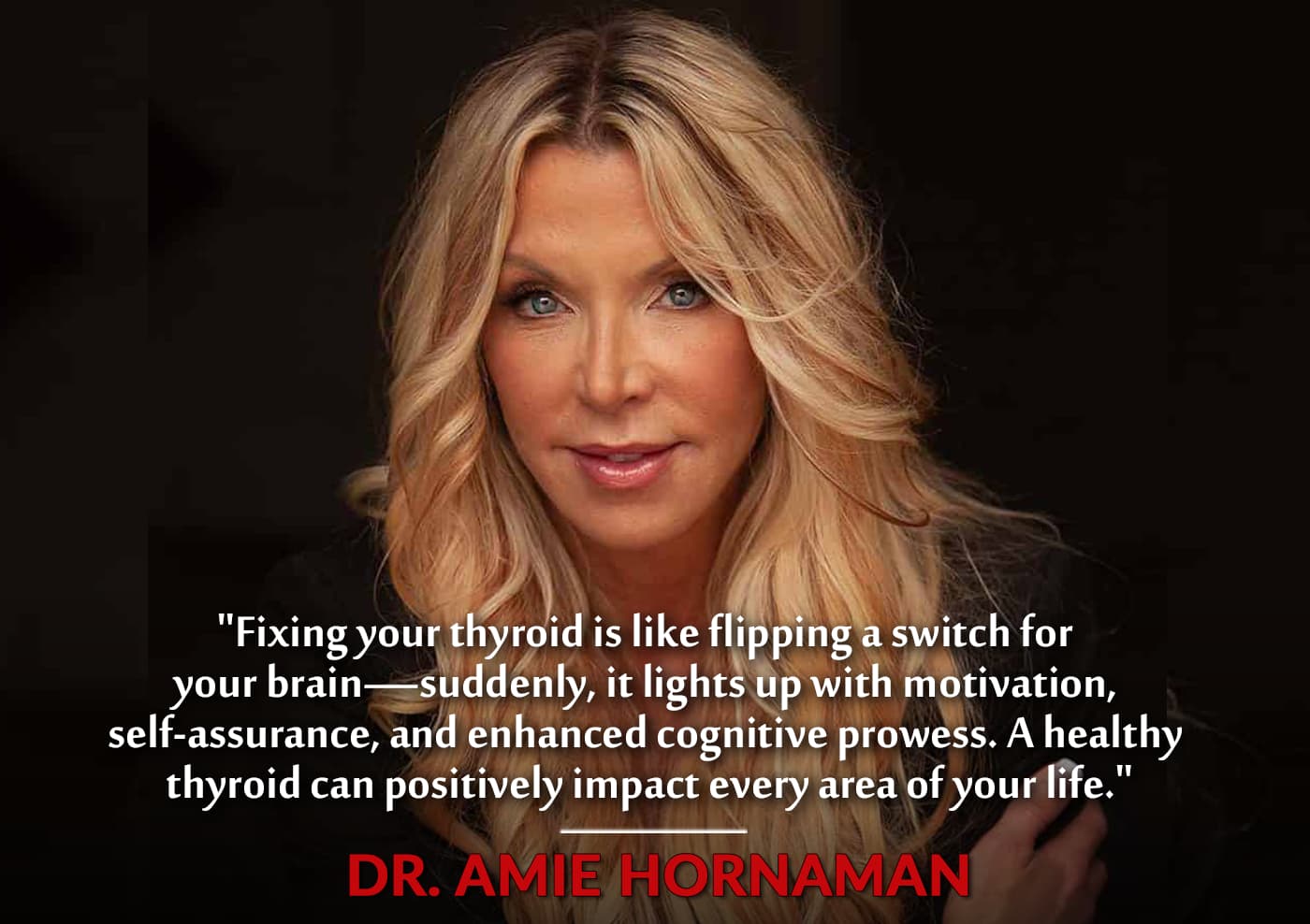
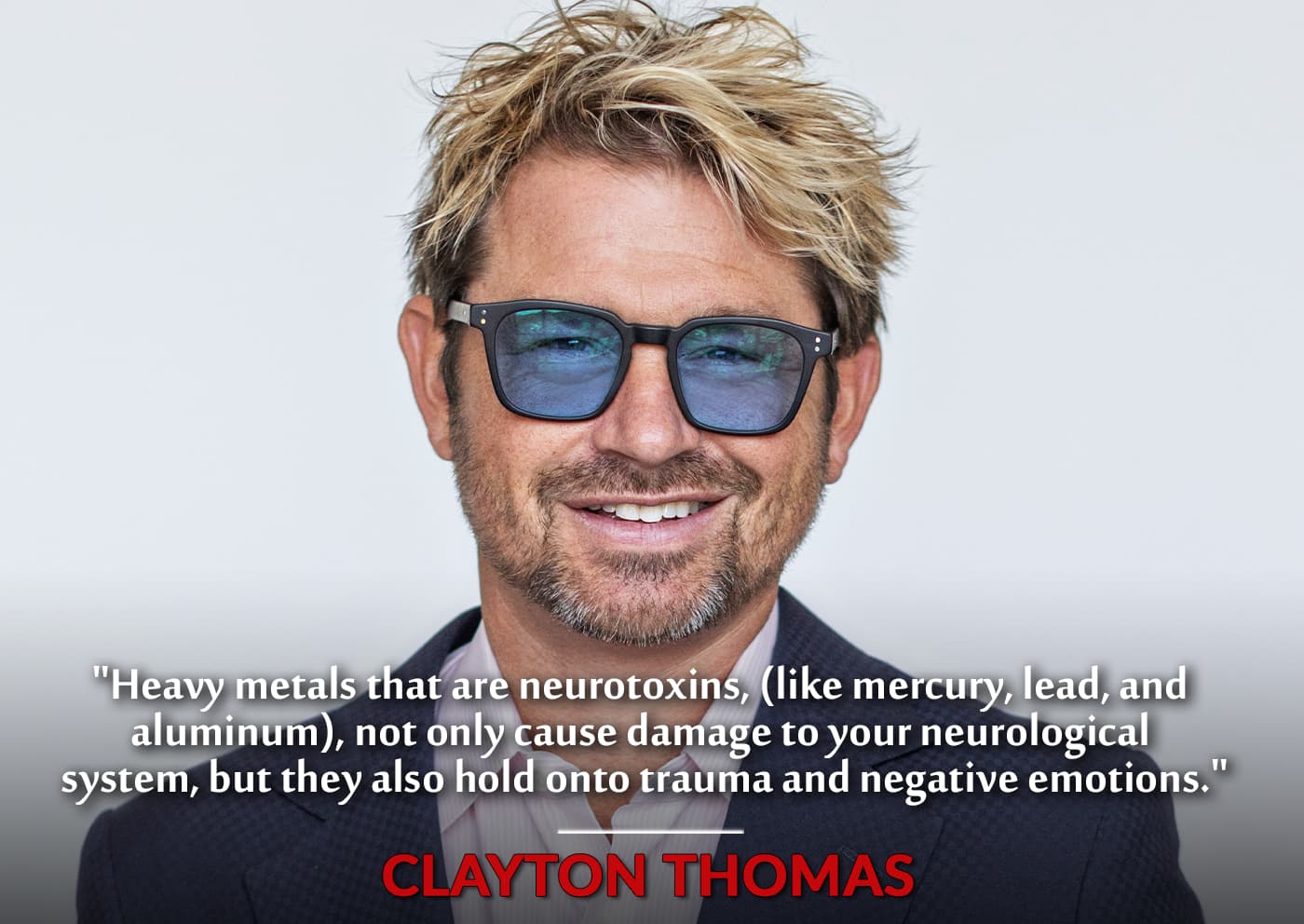
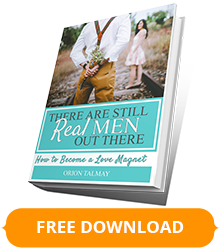
Facebook Comments